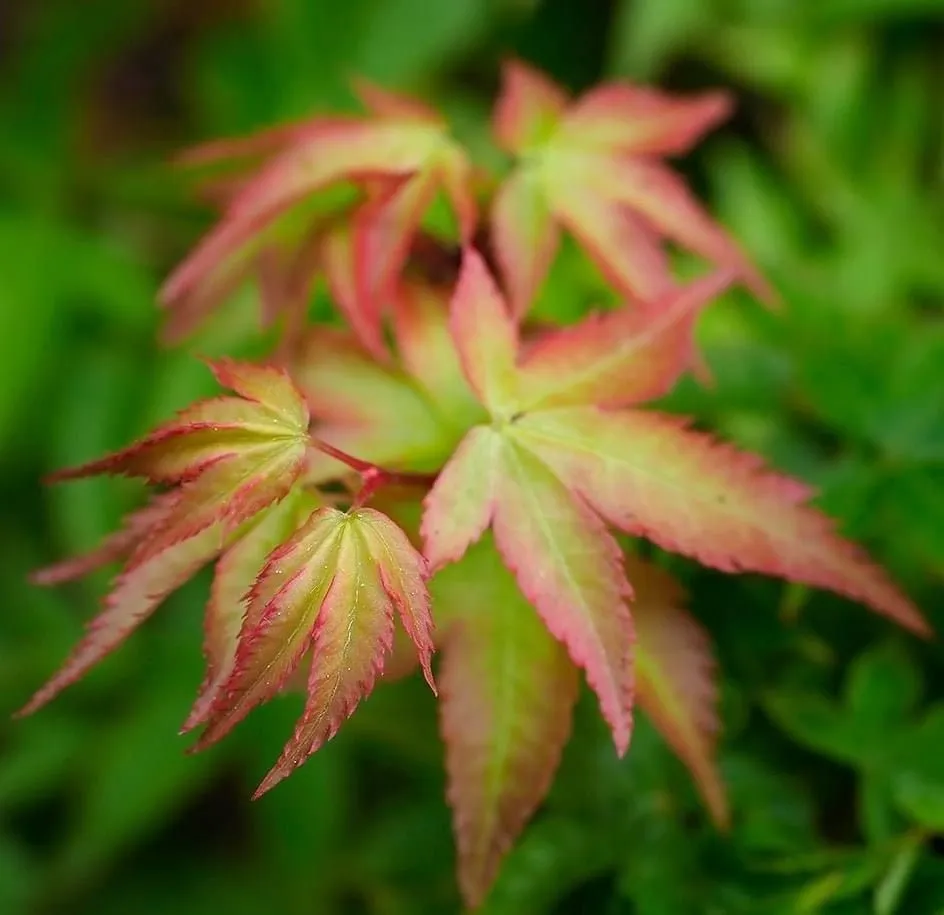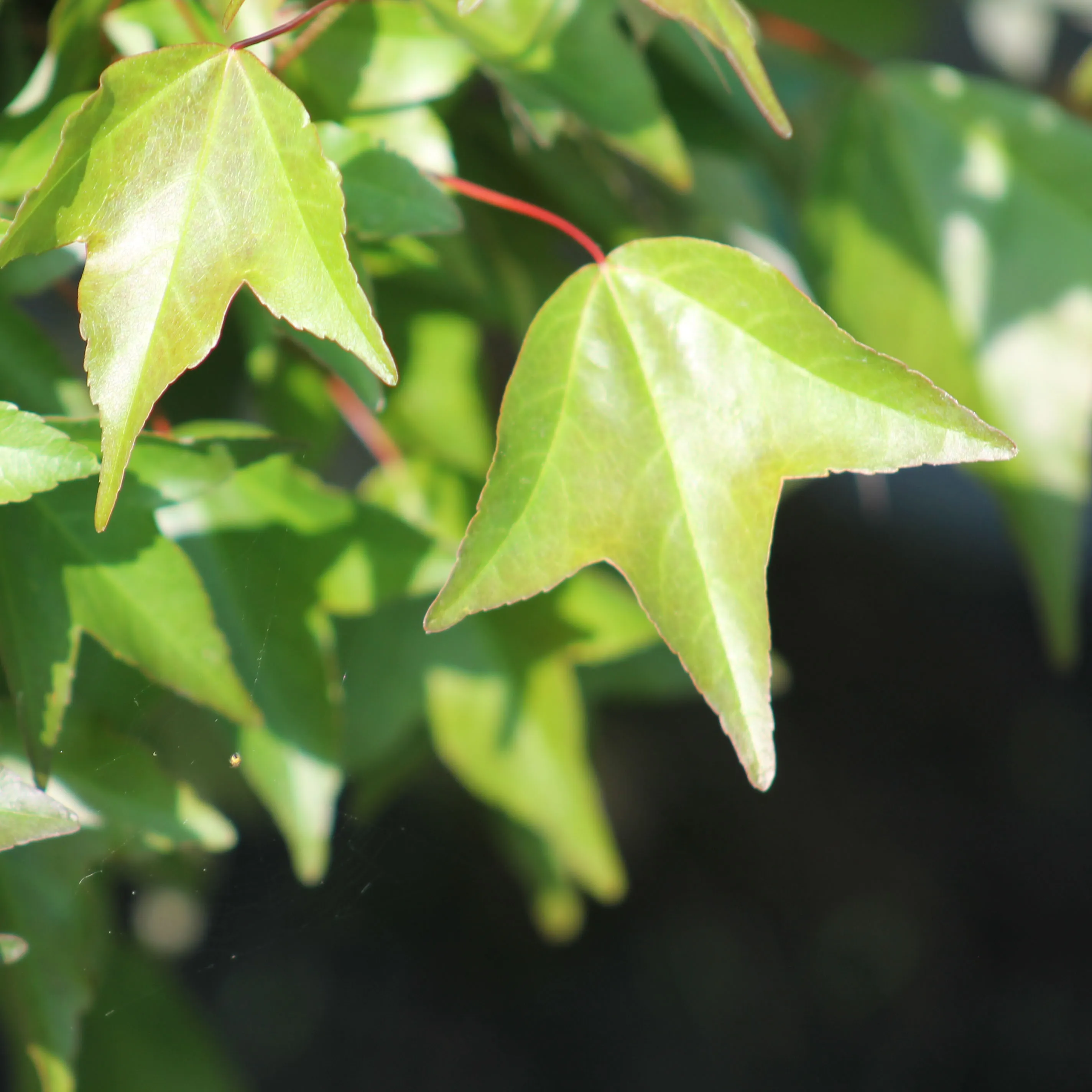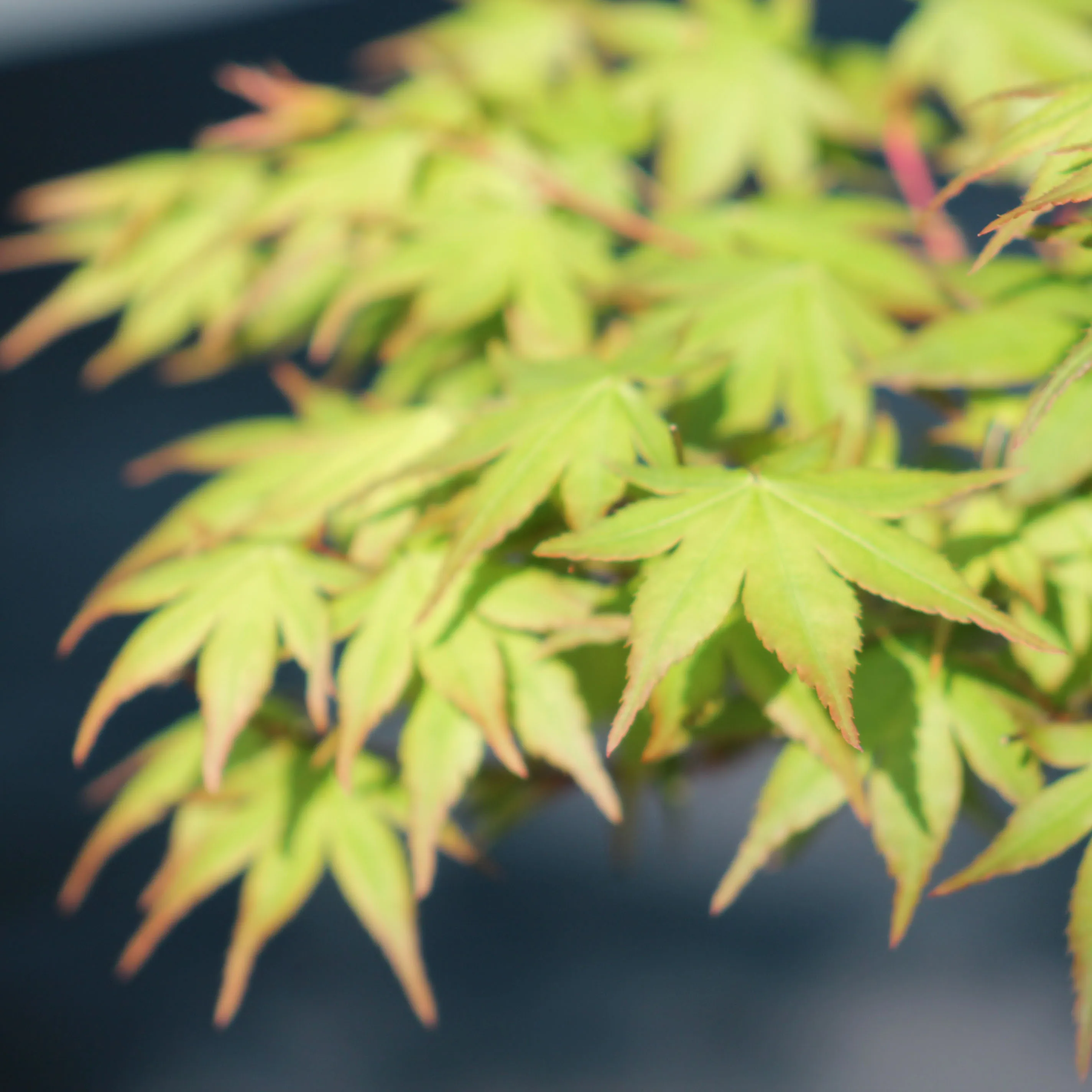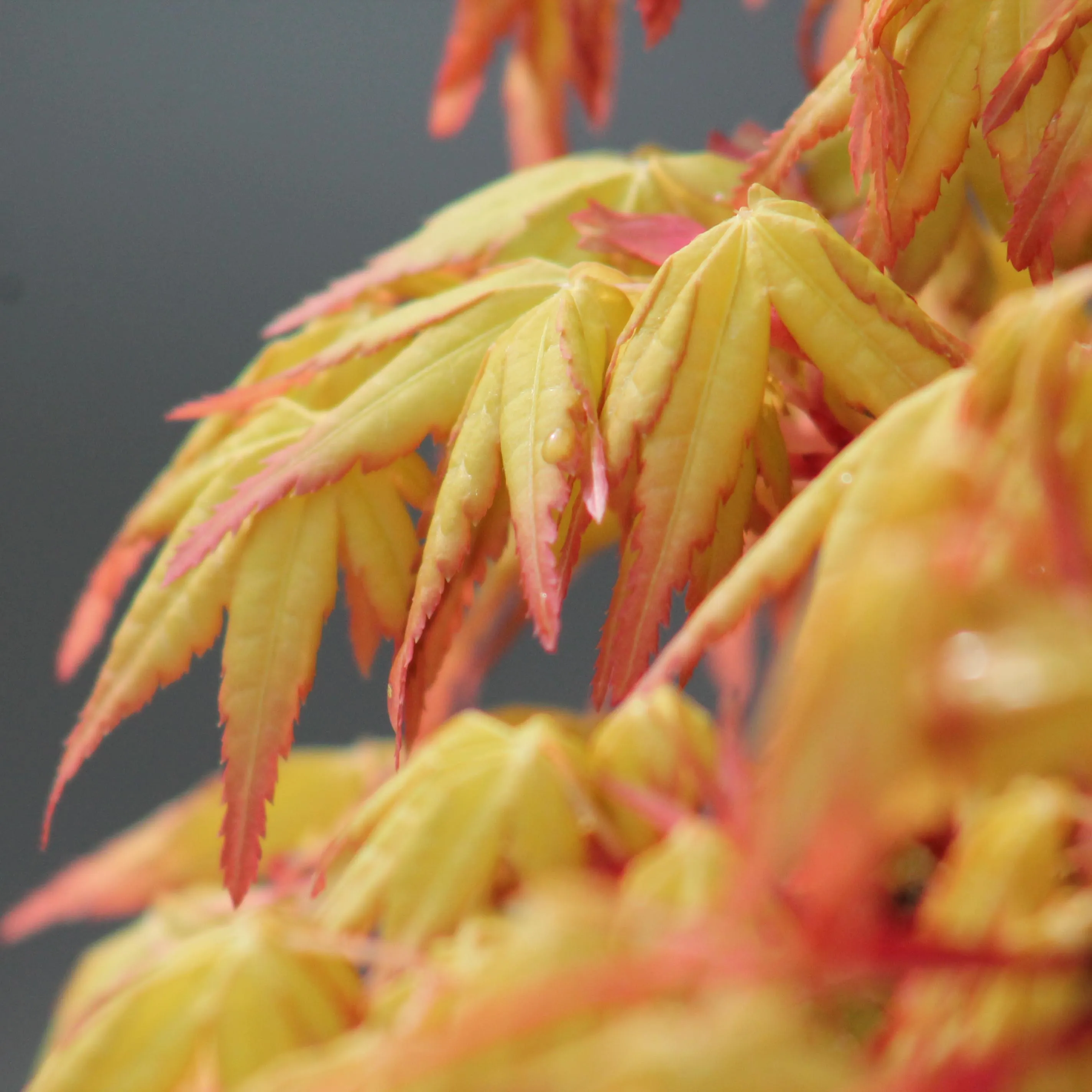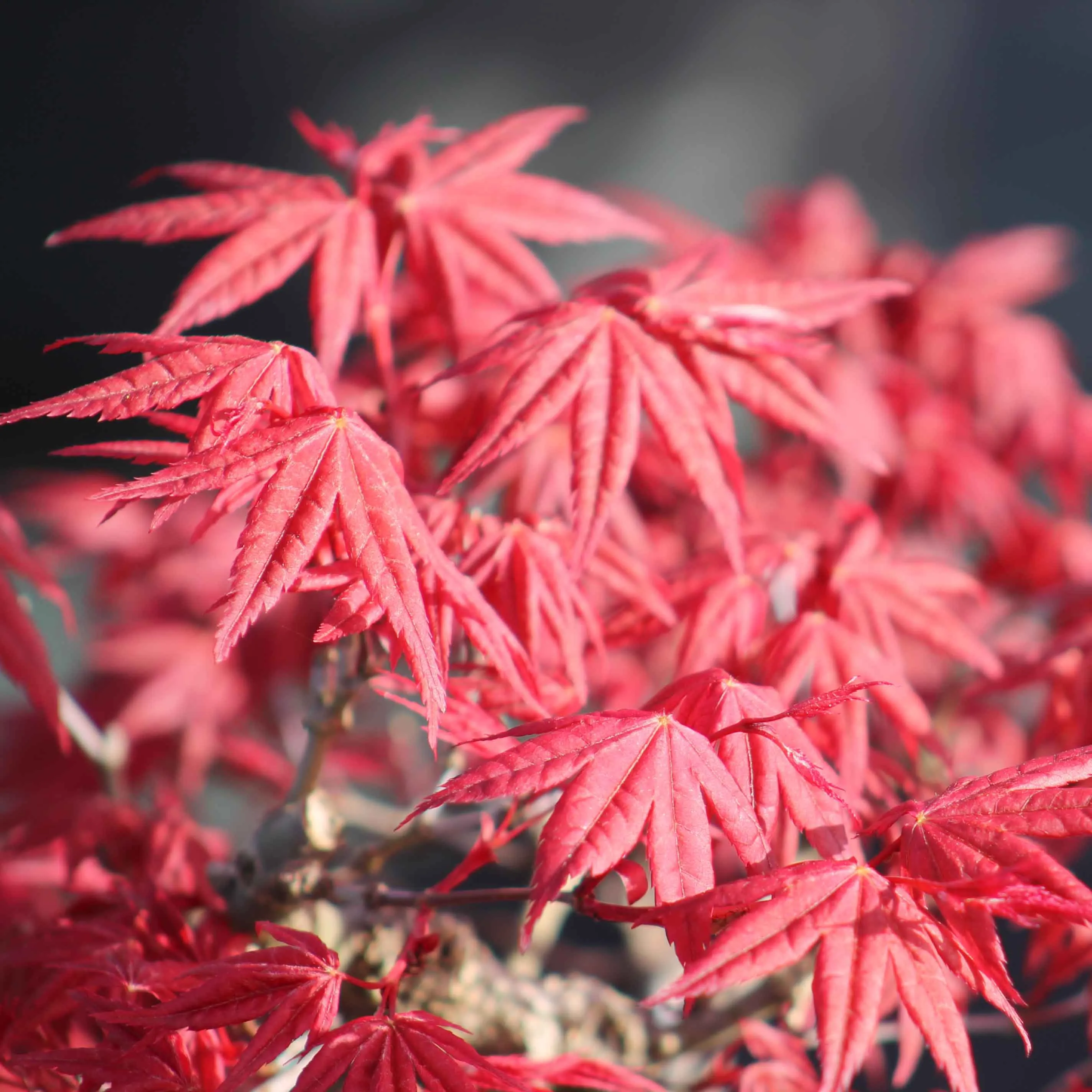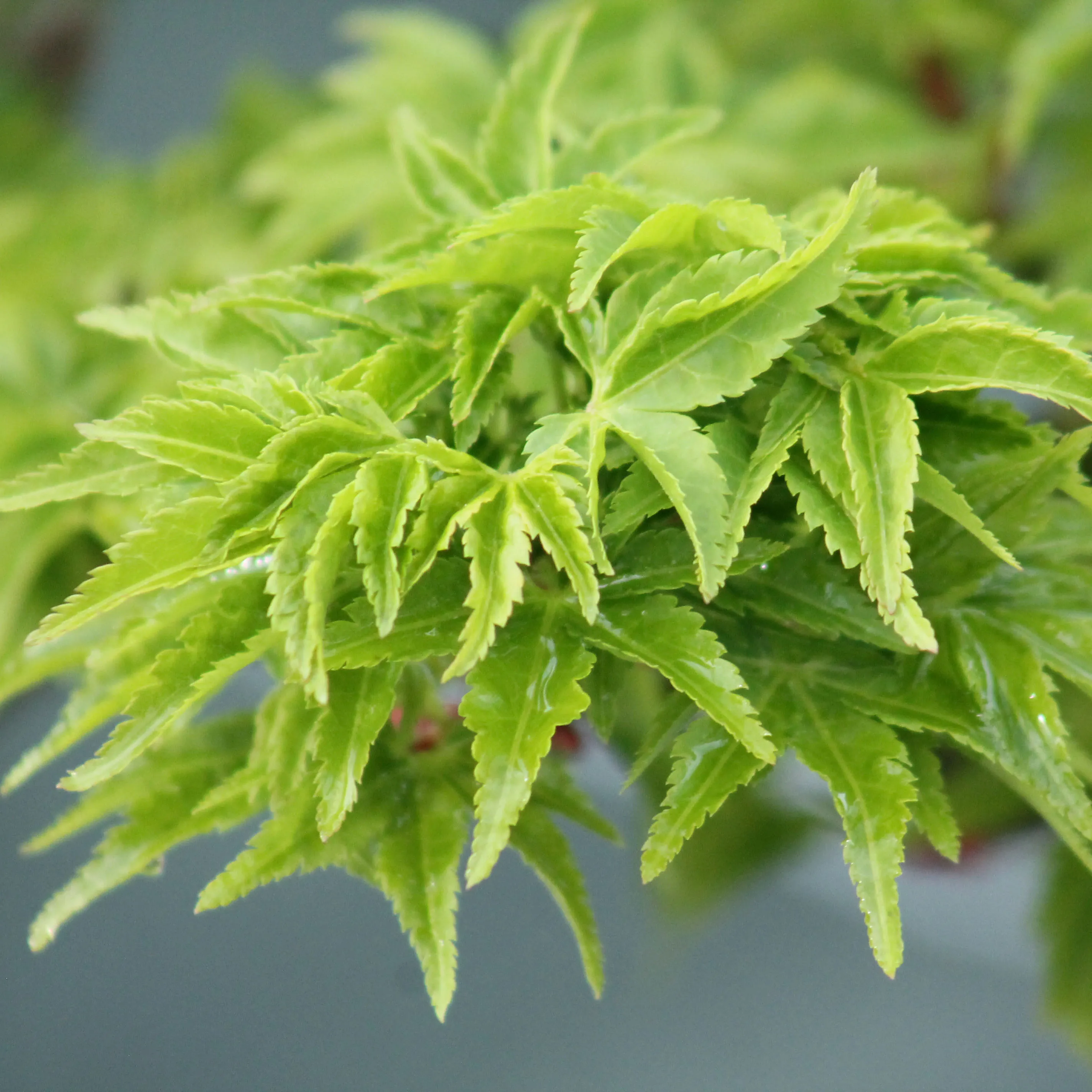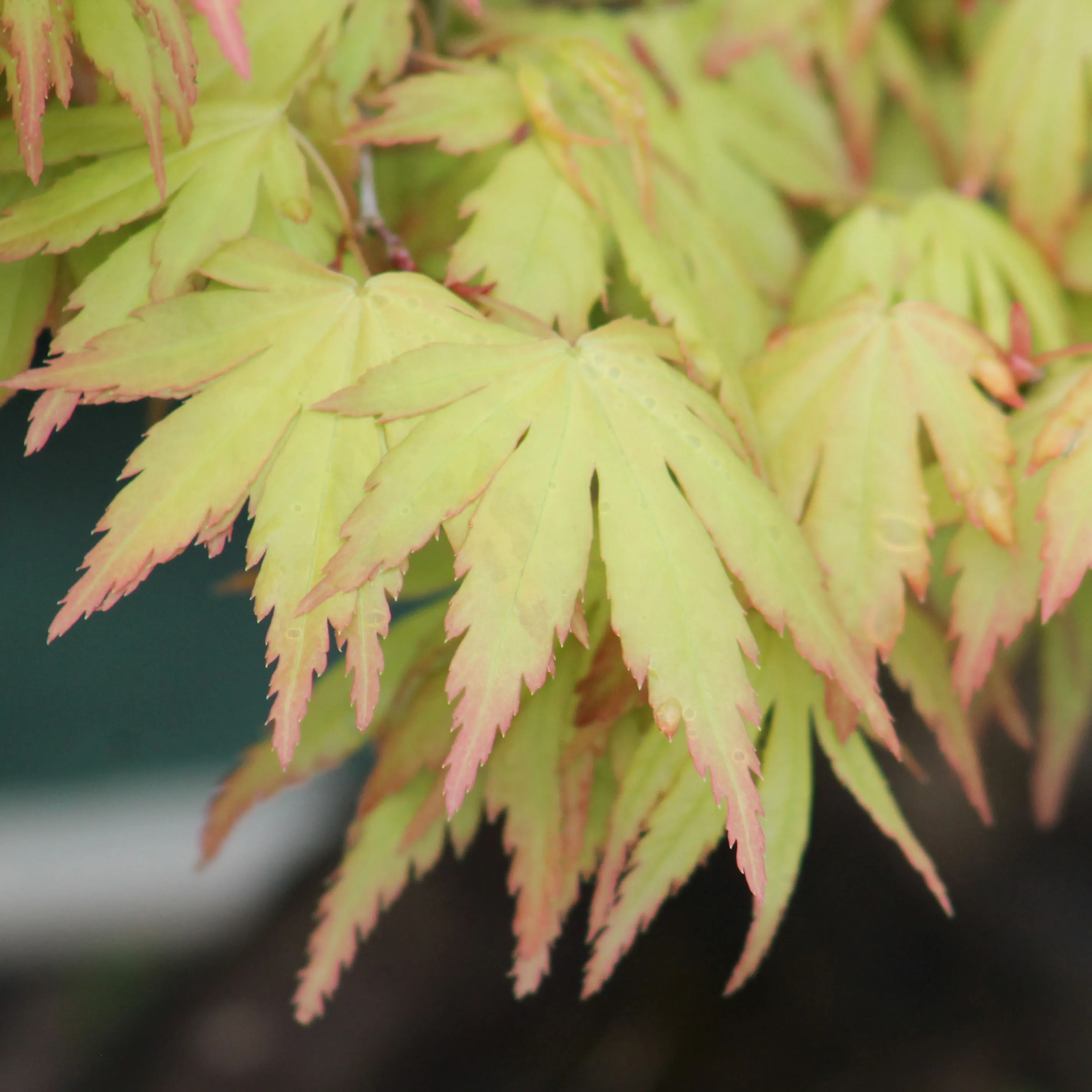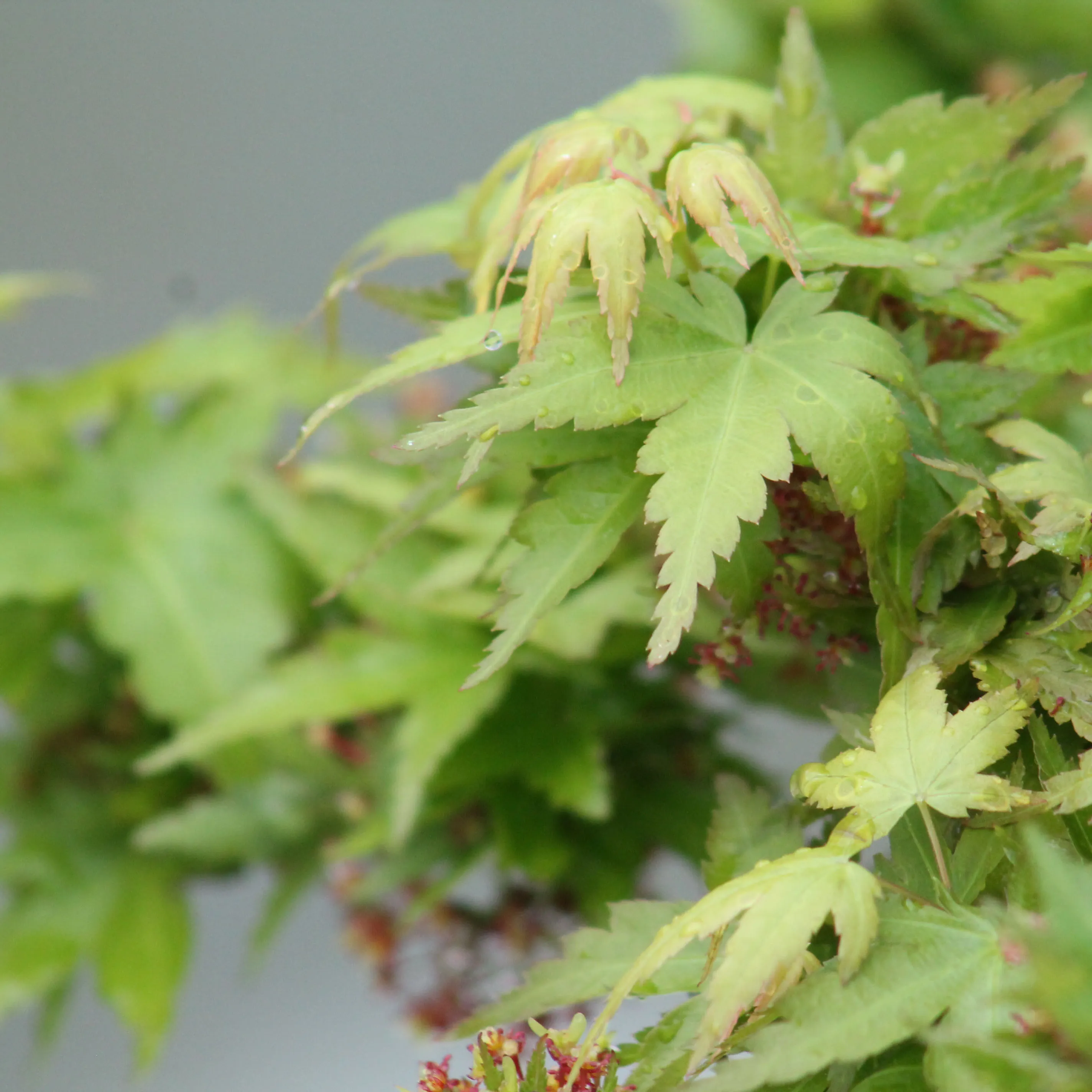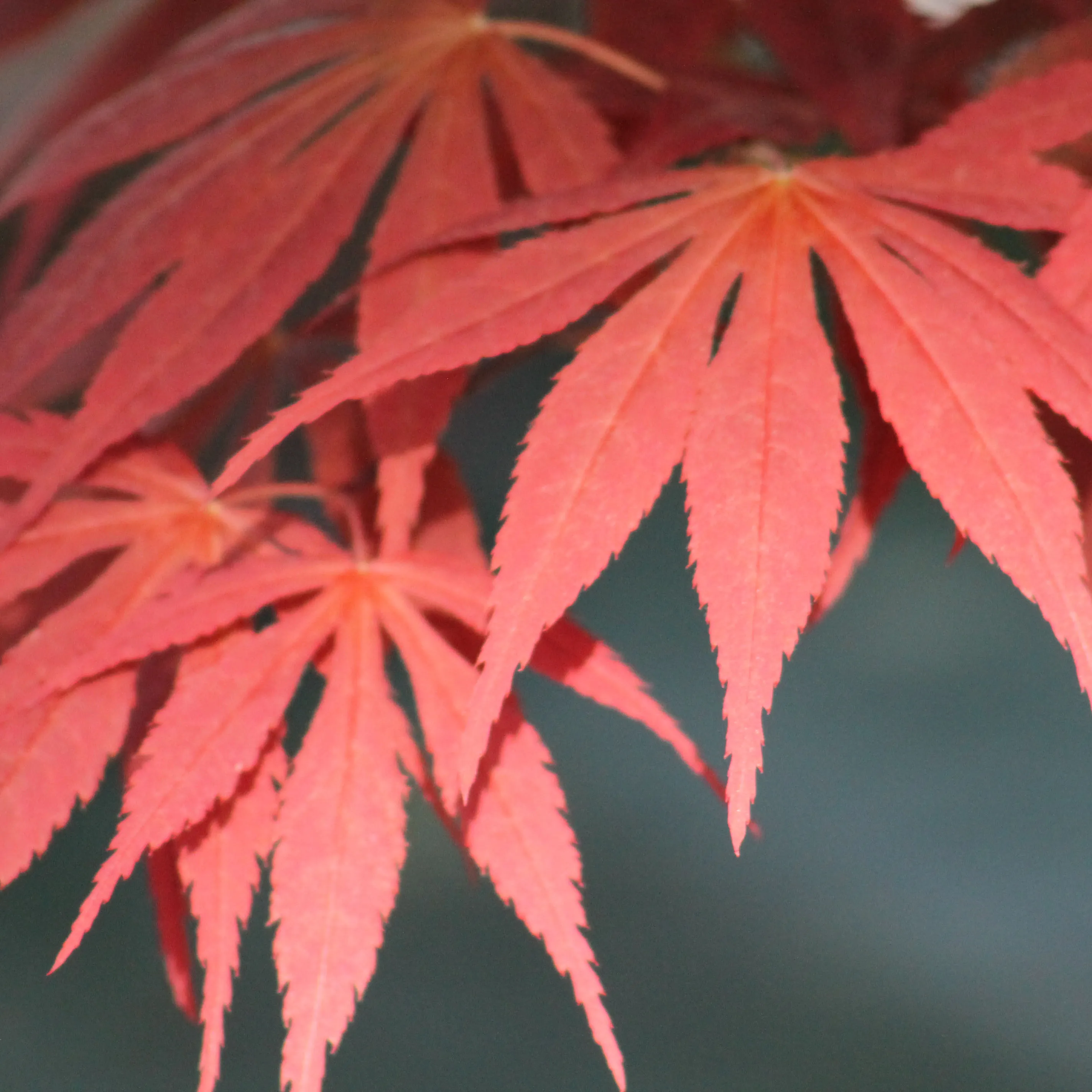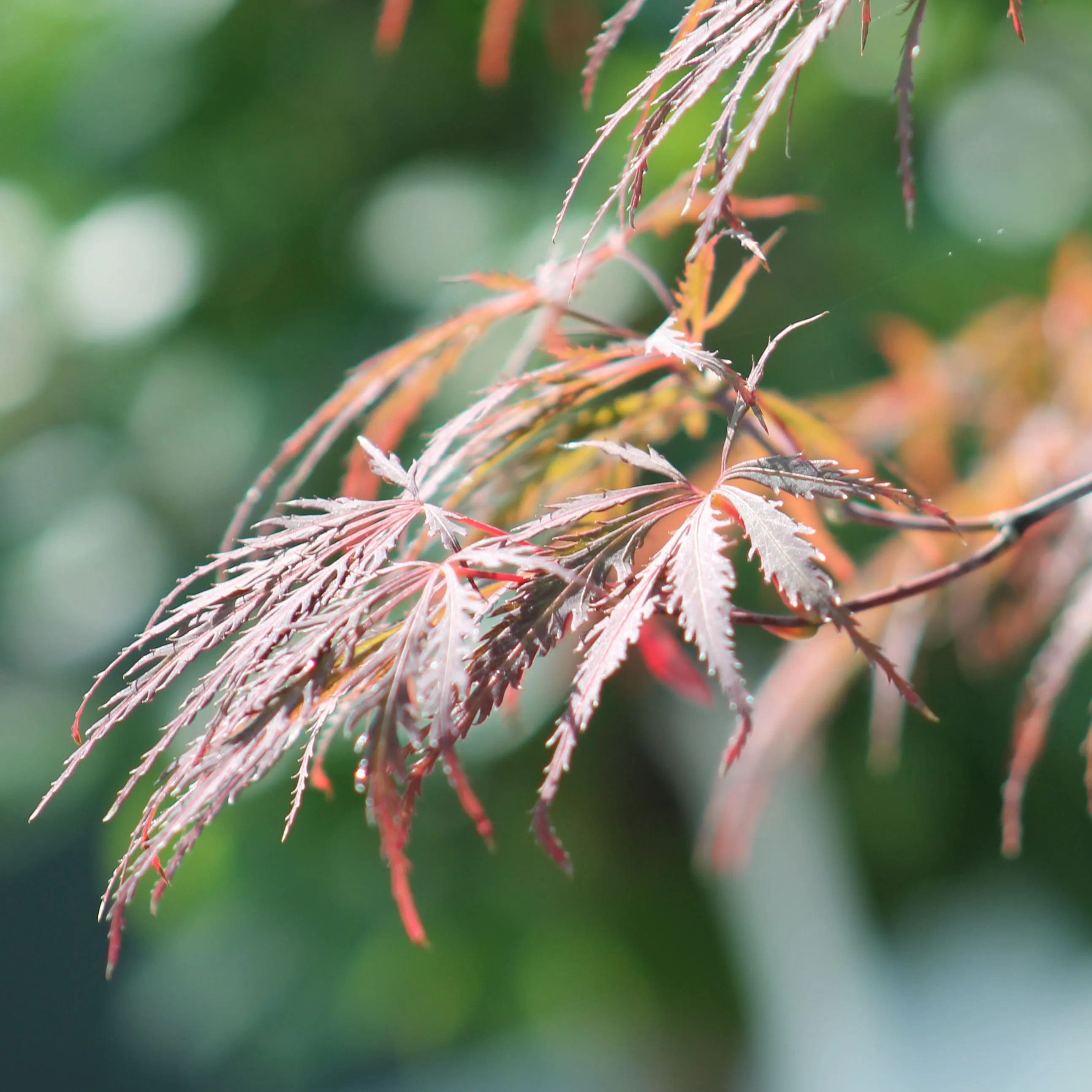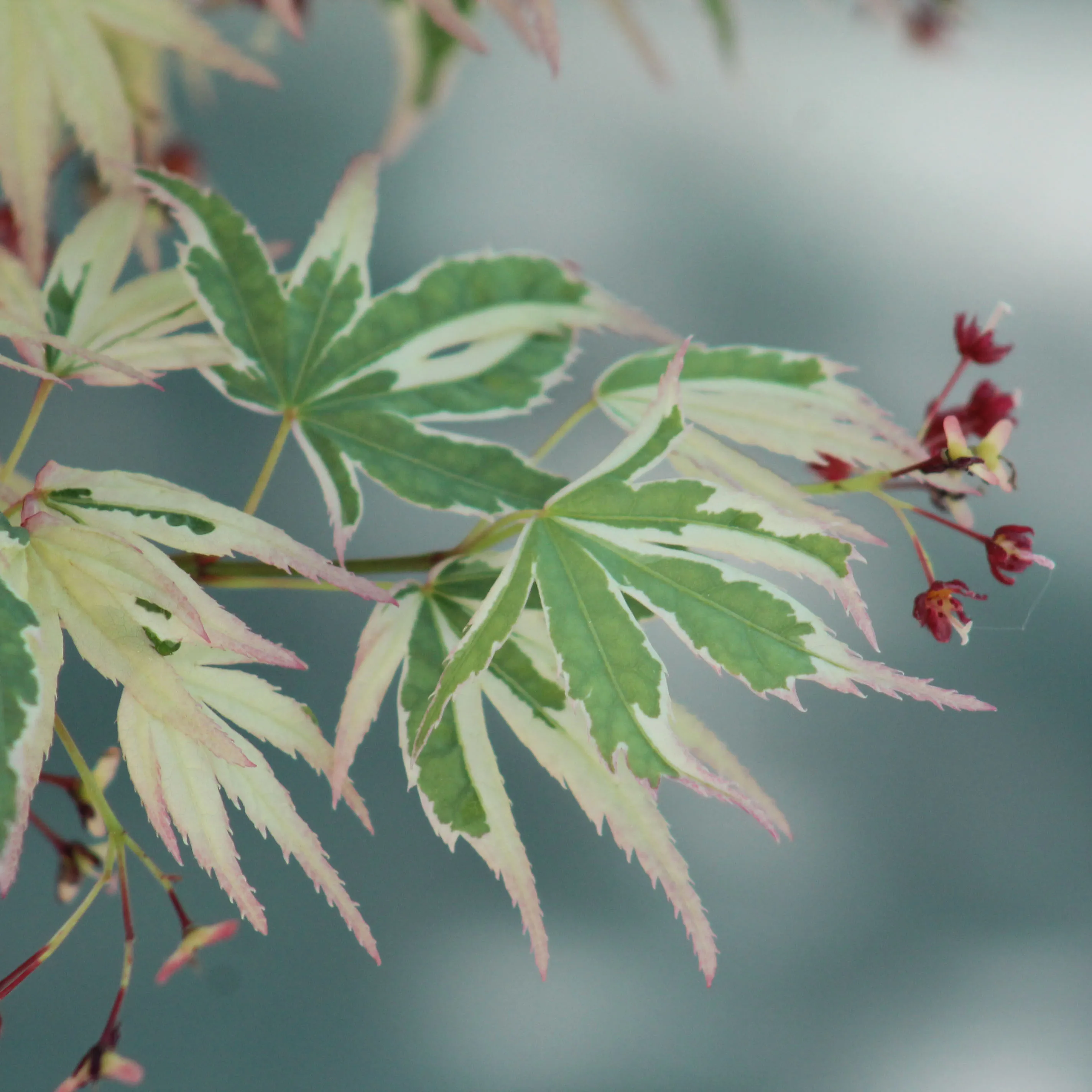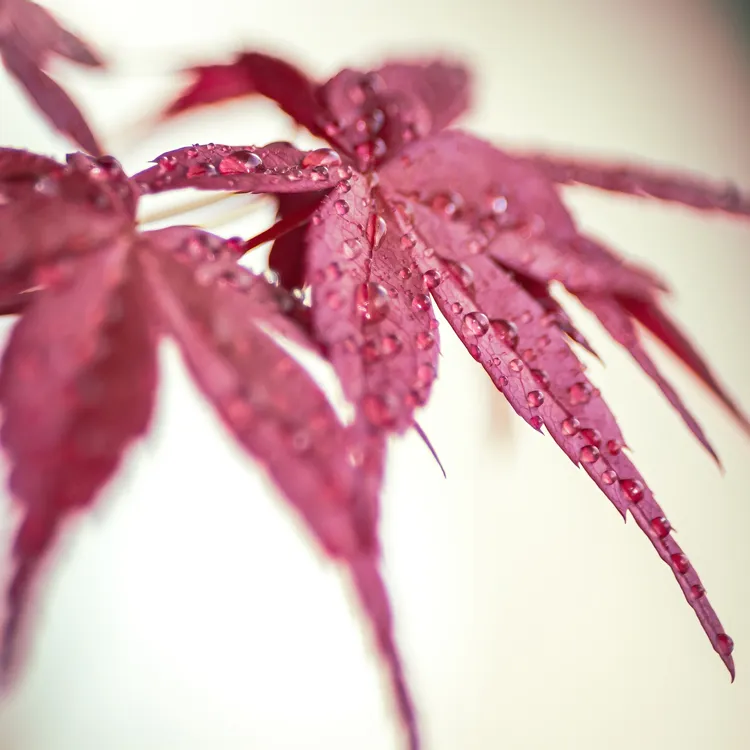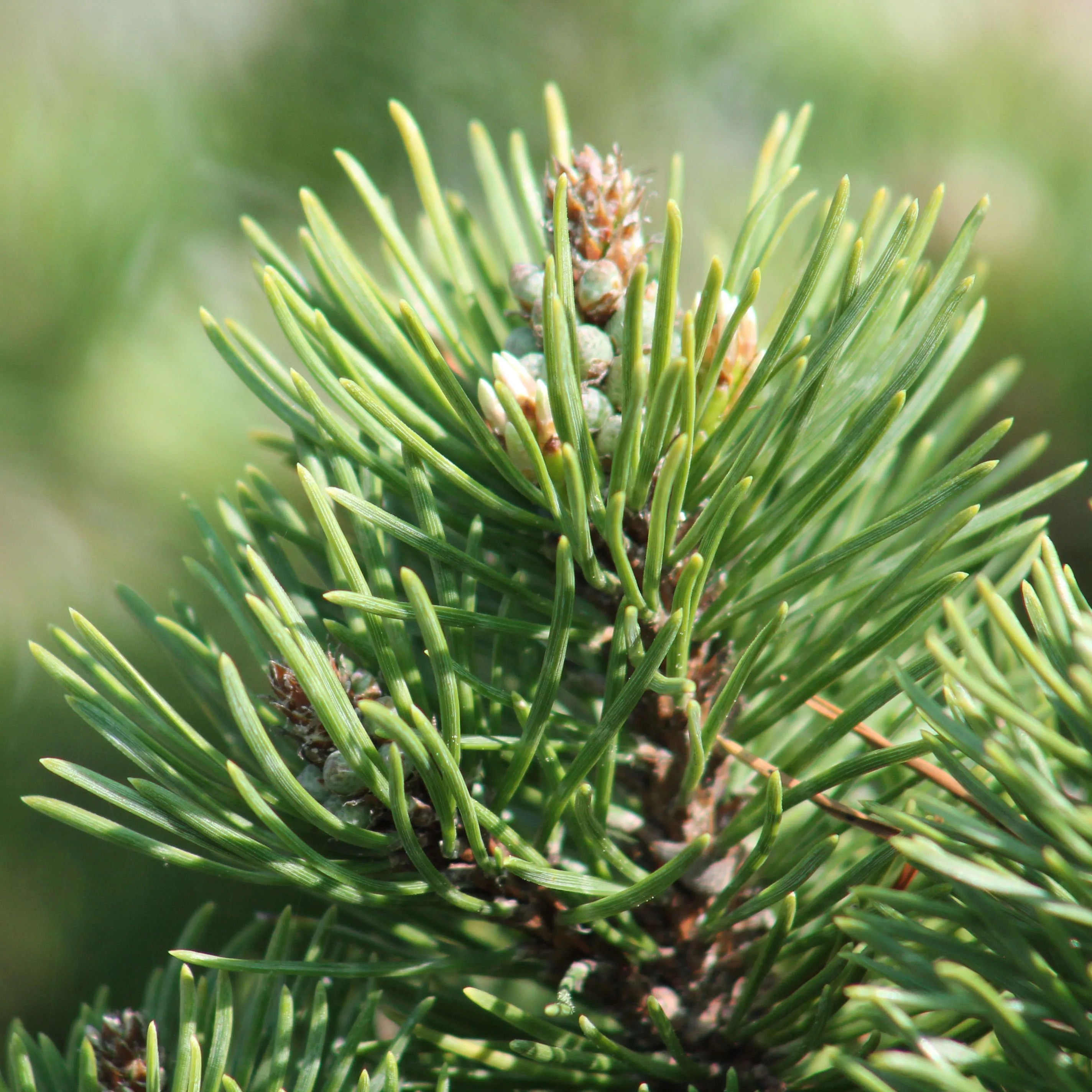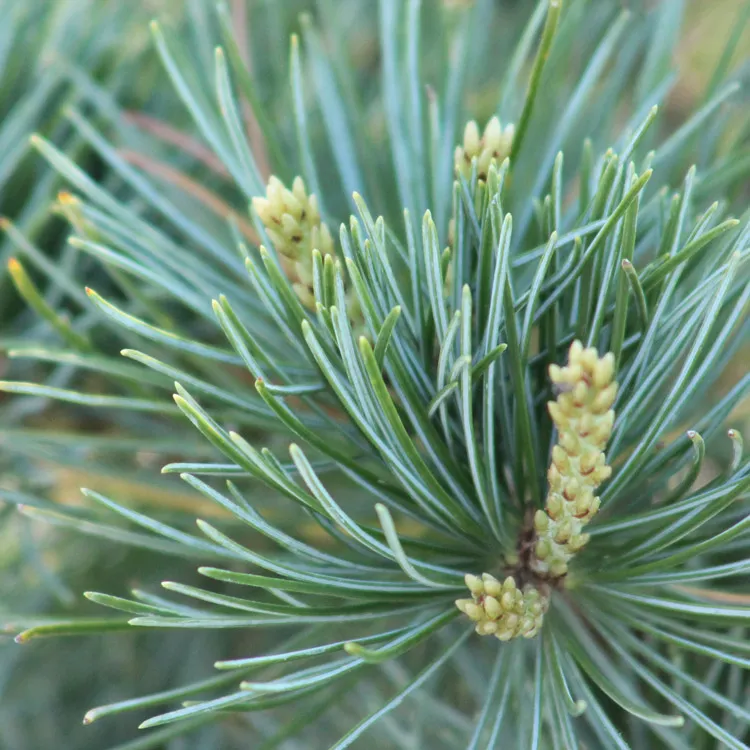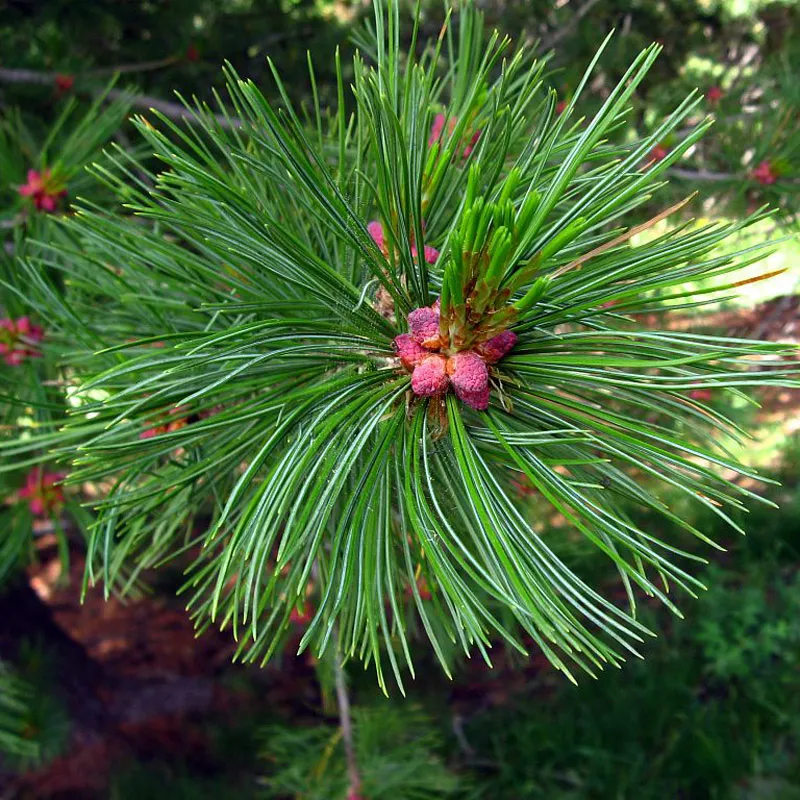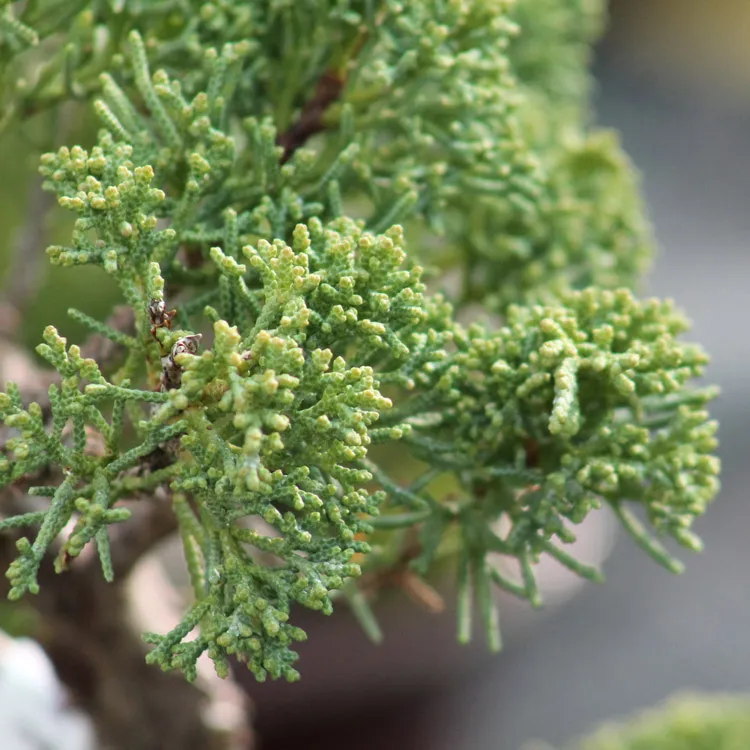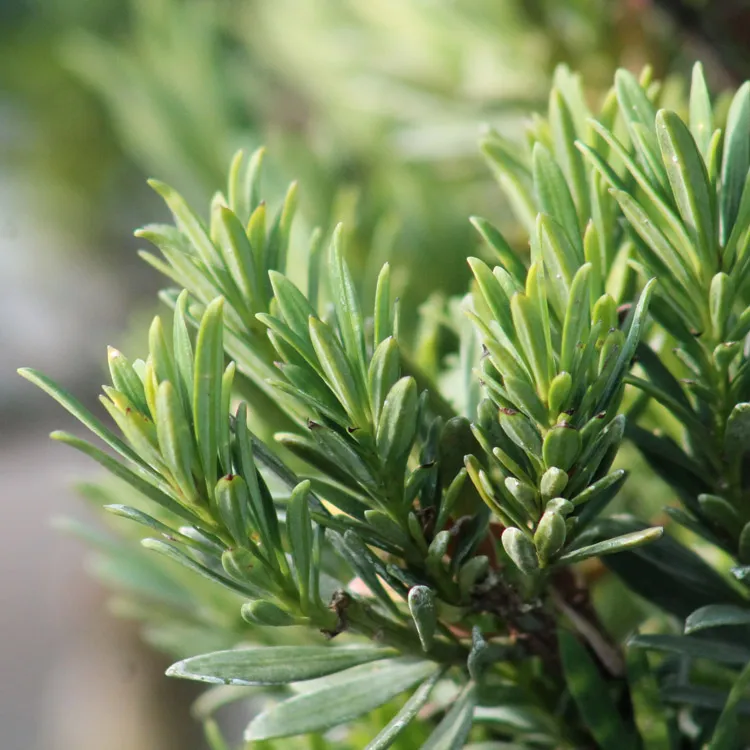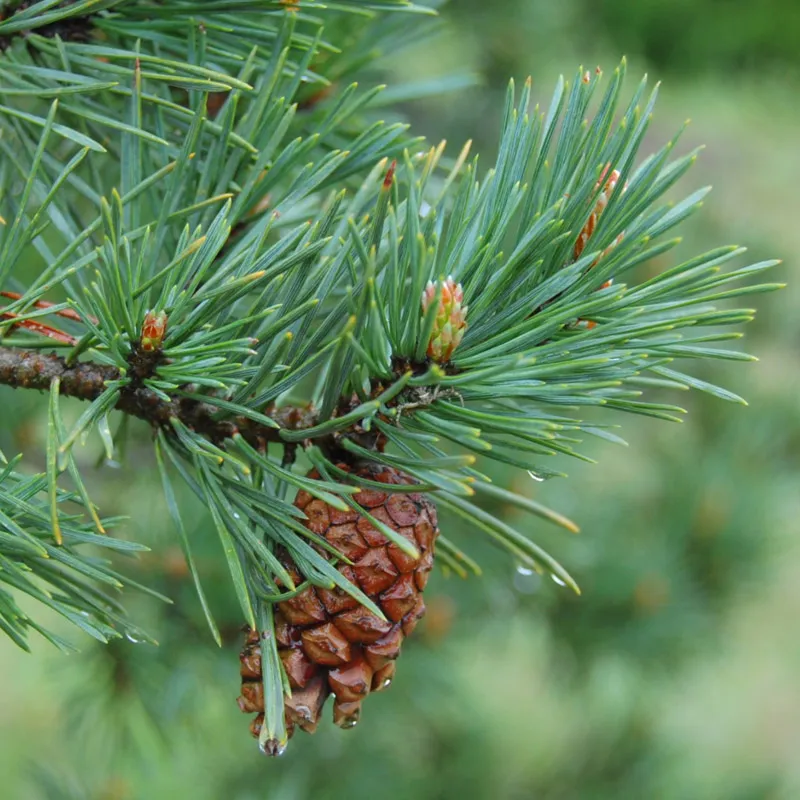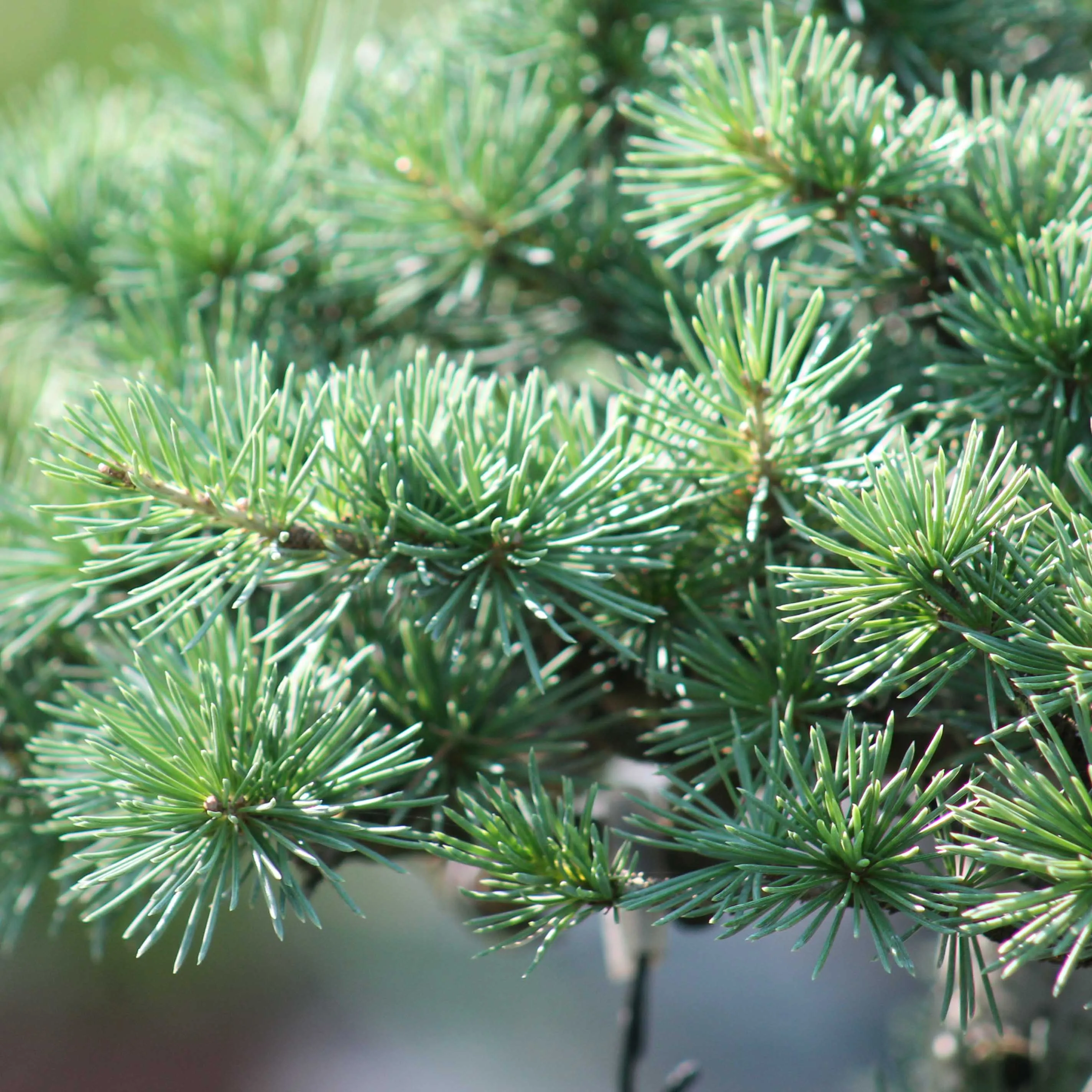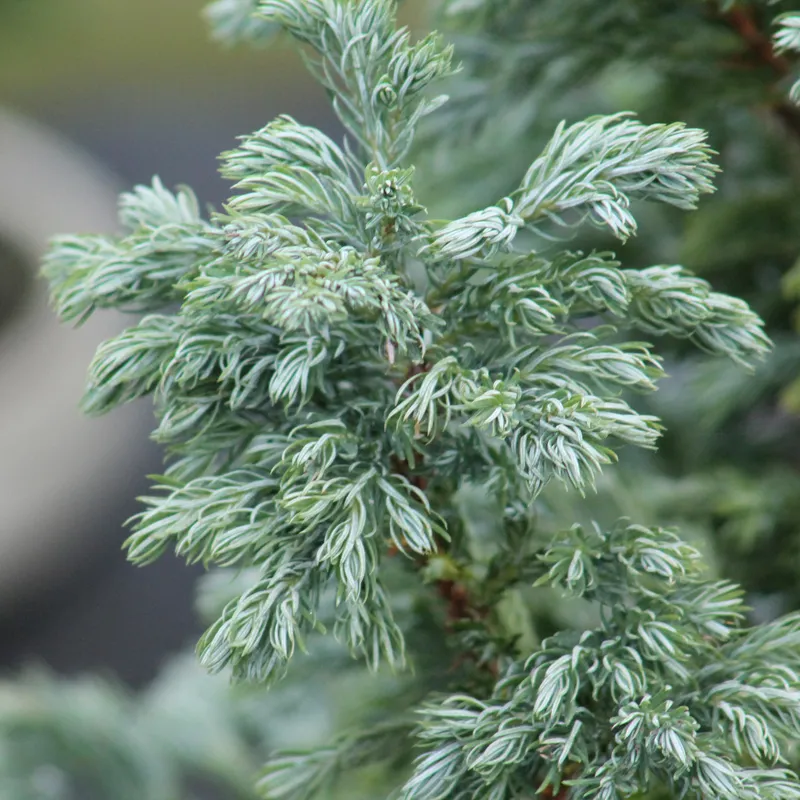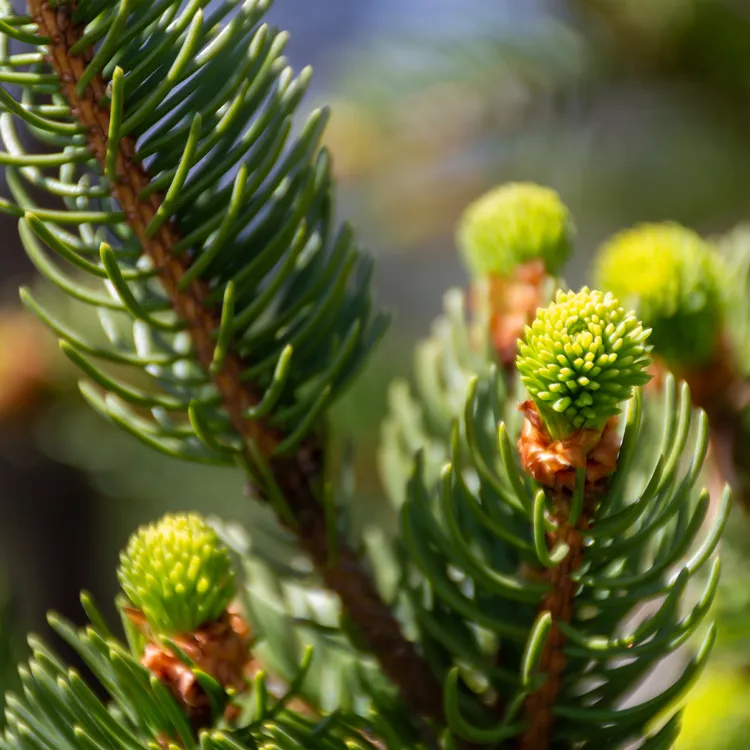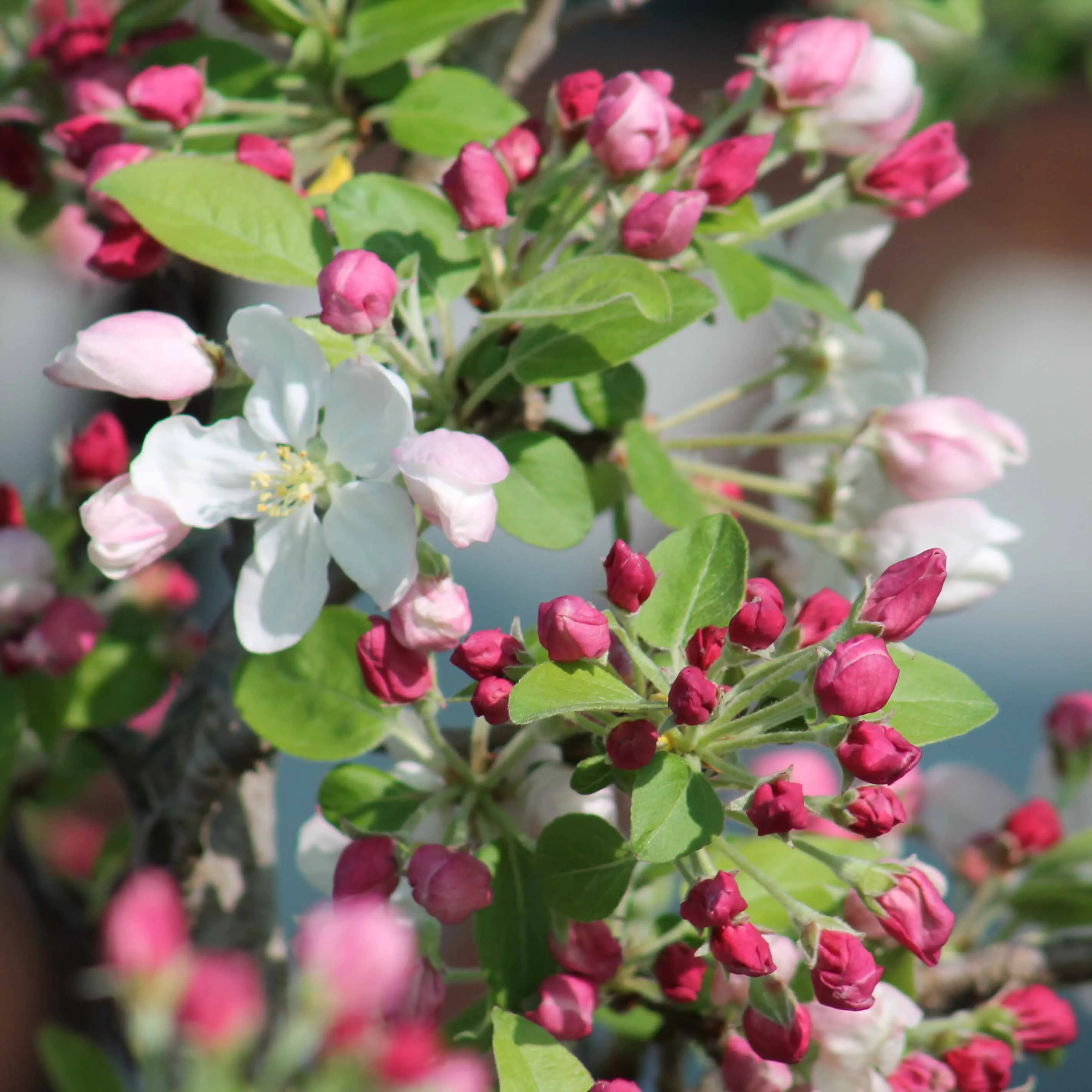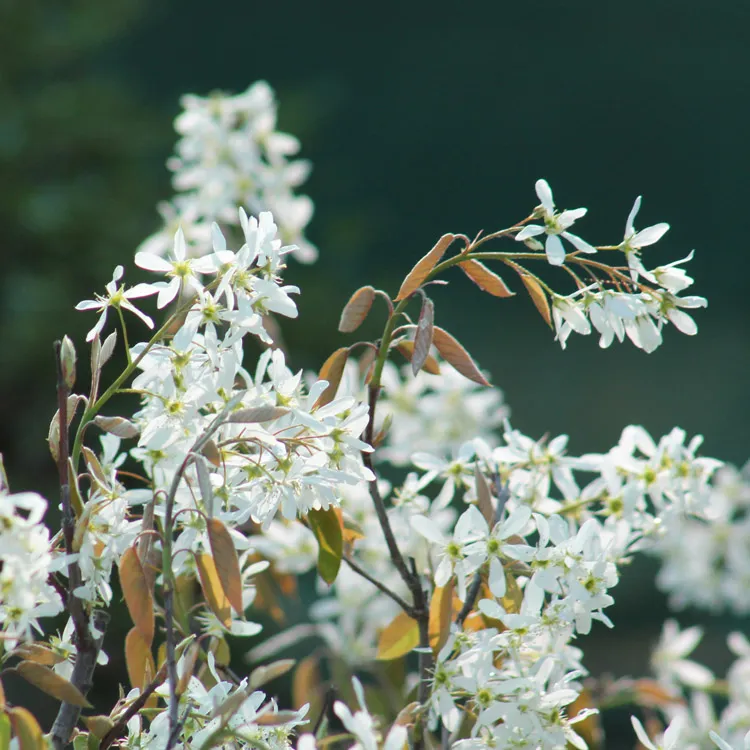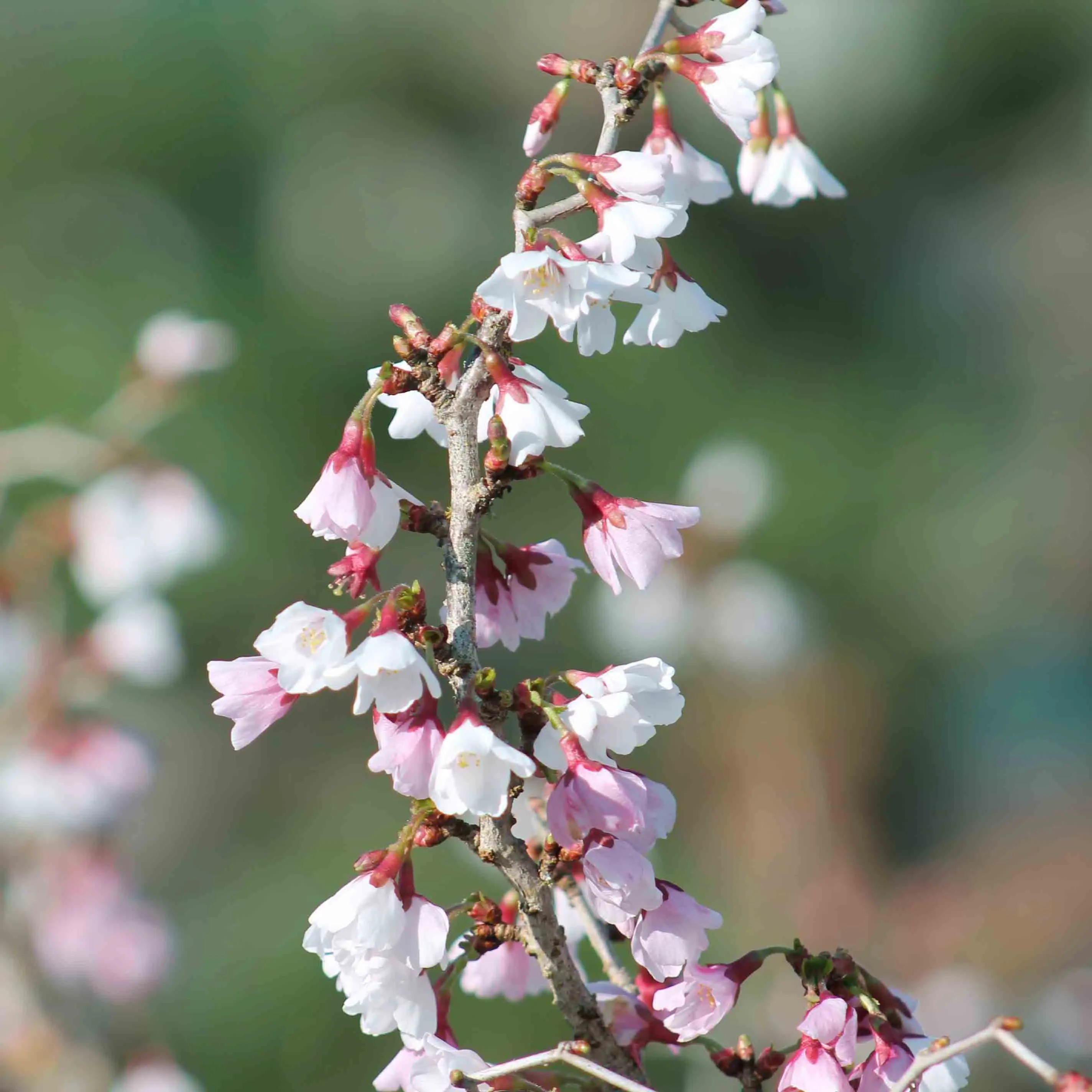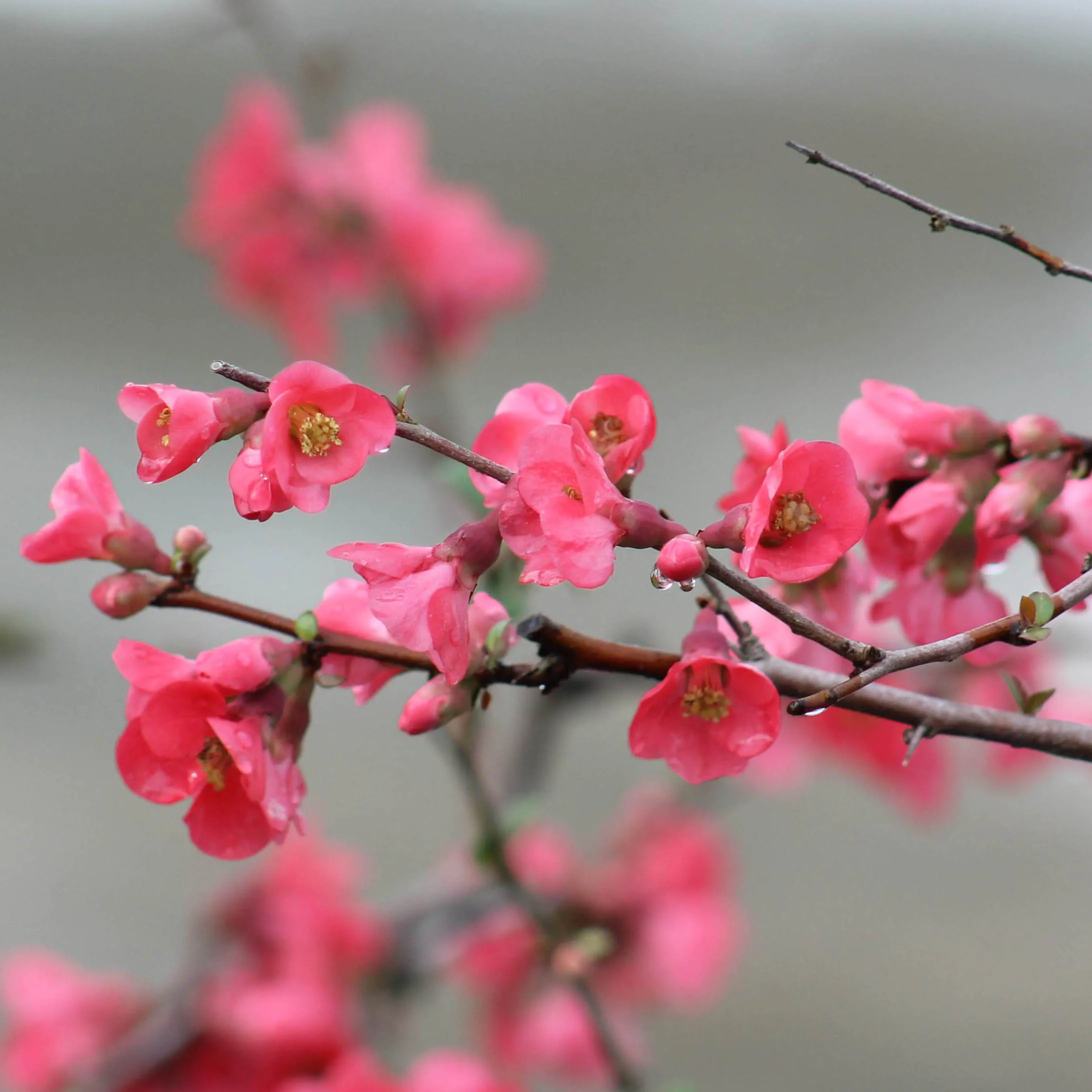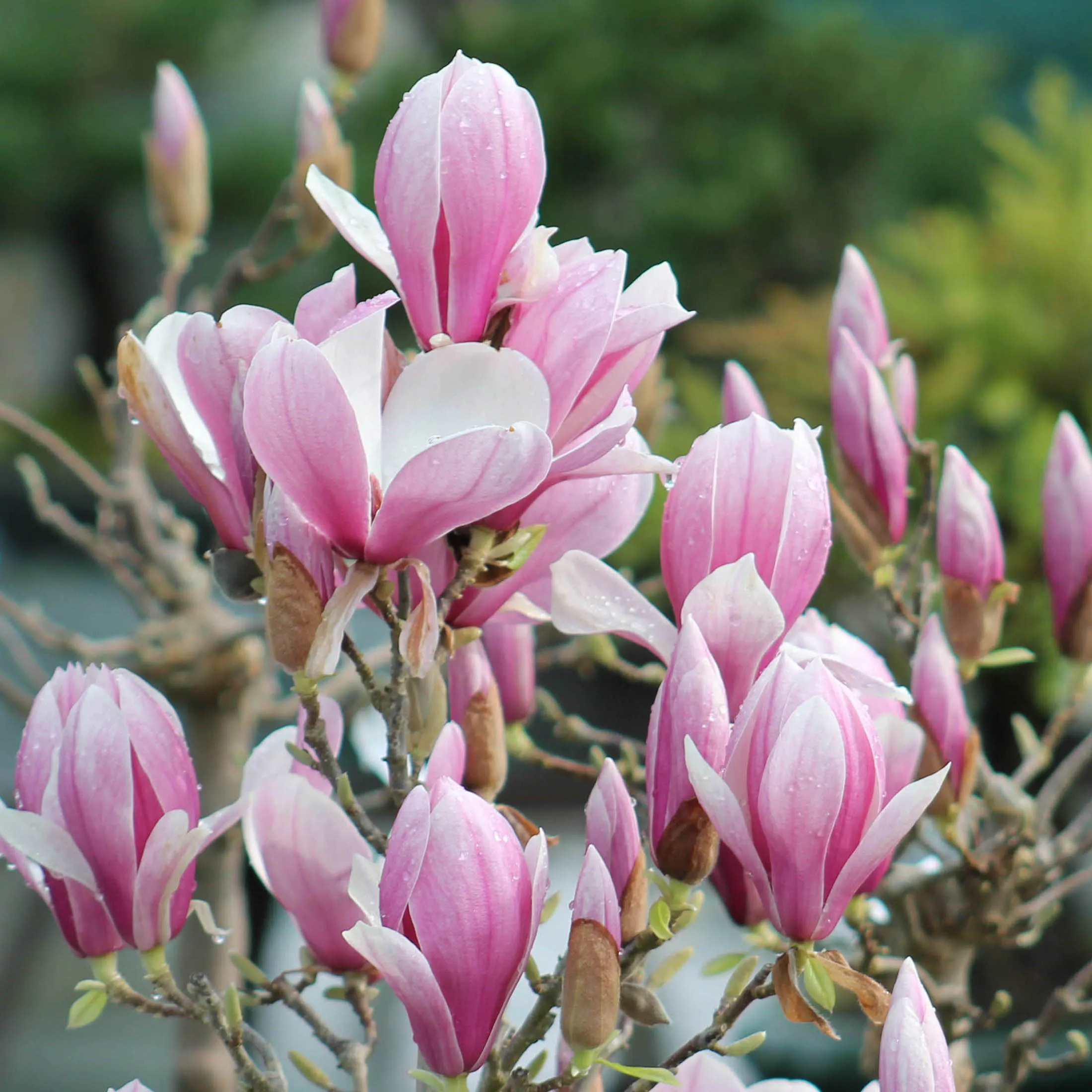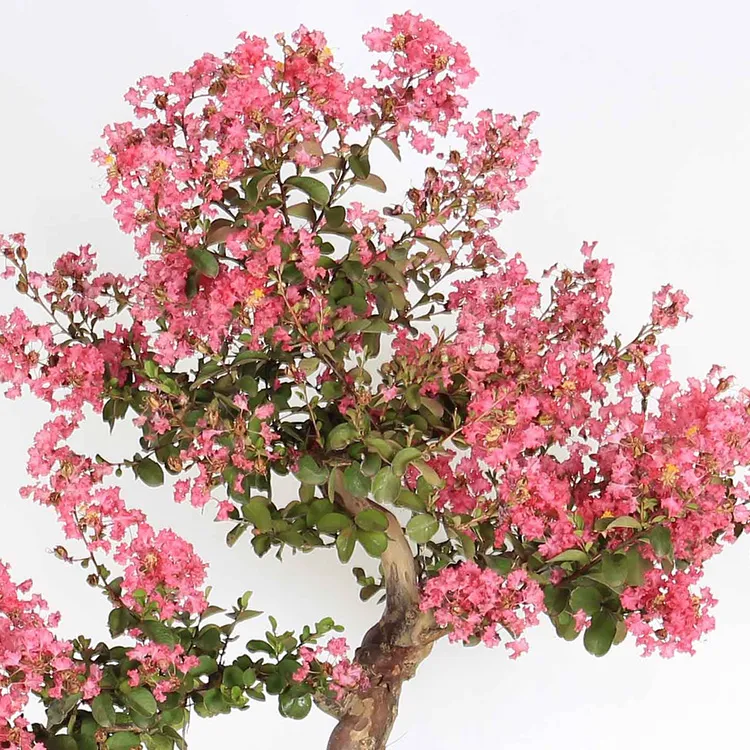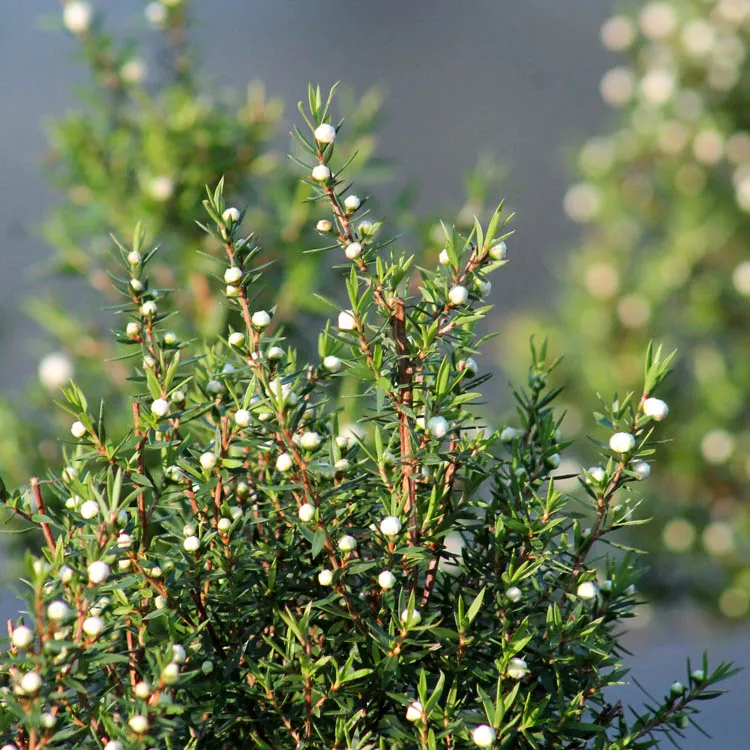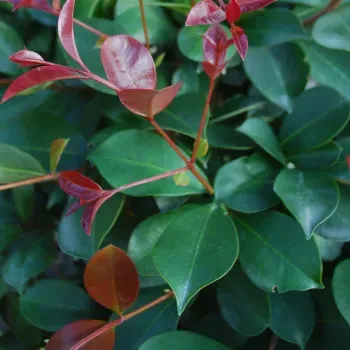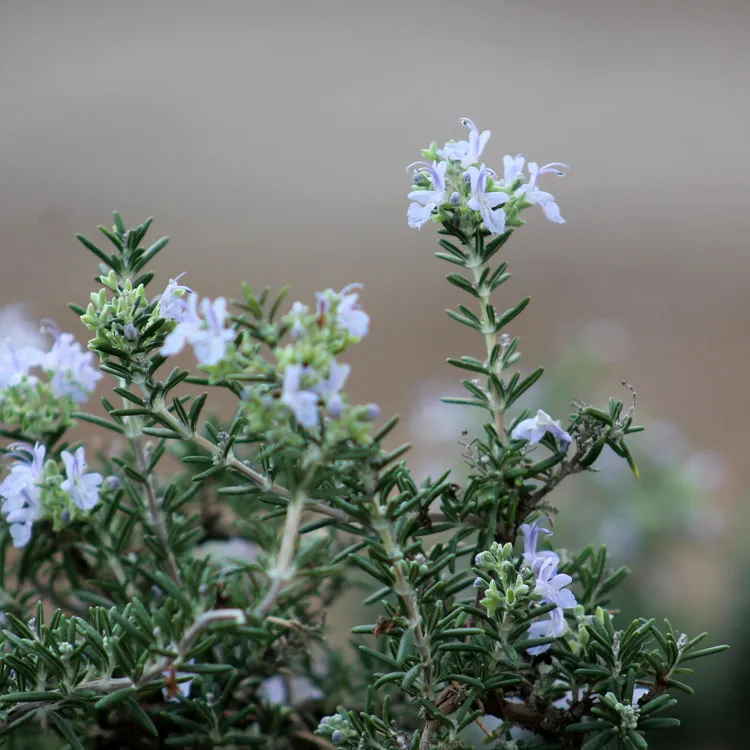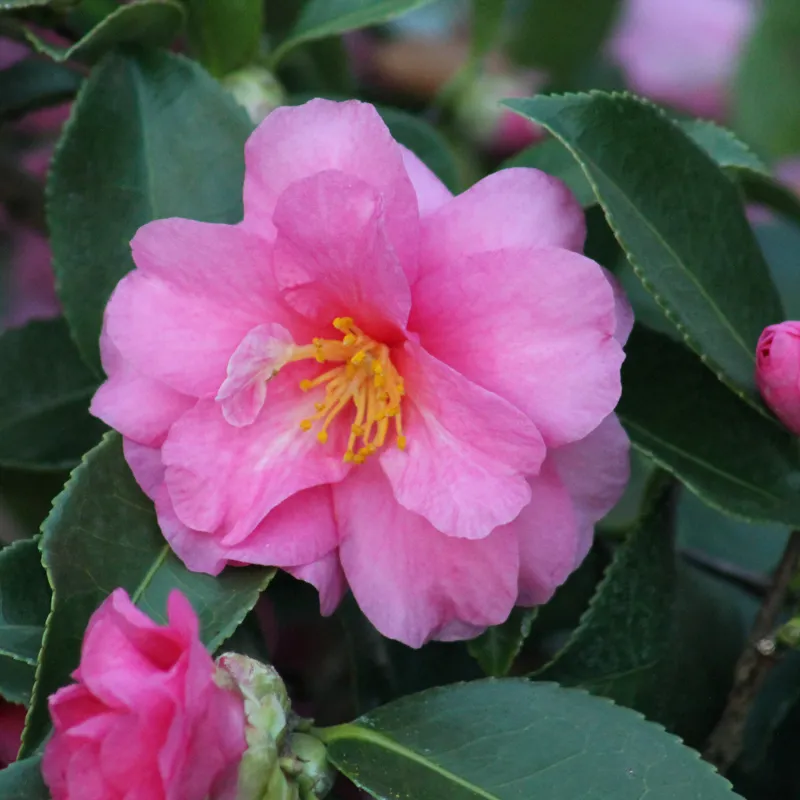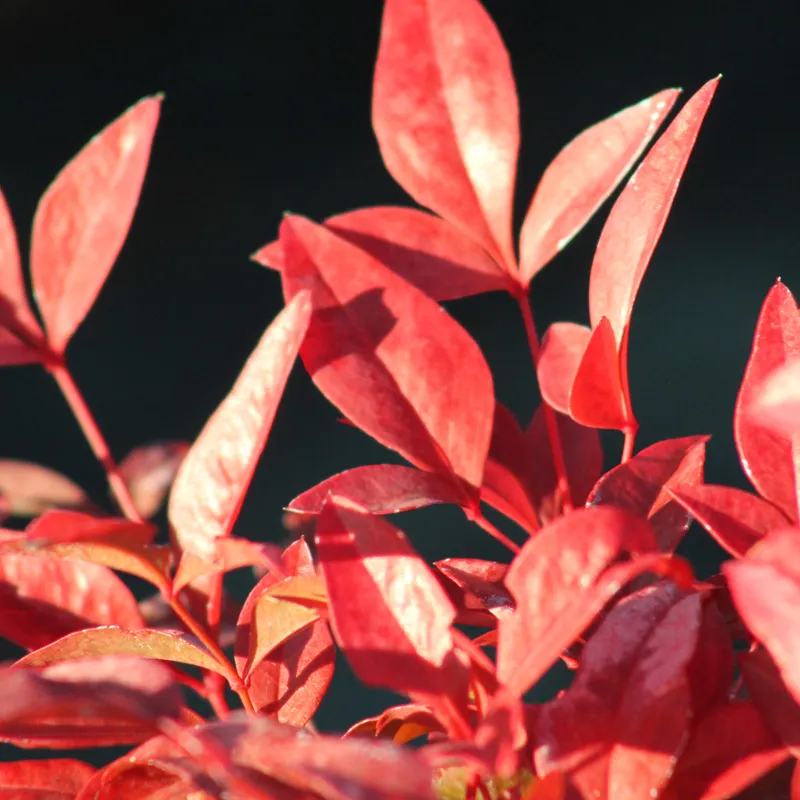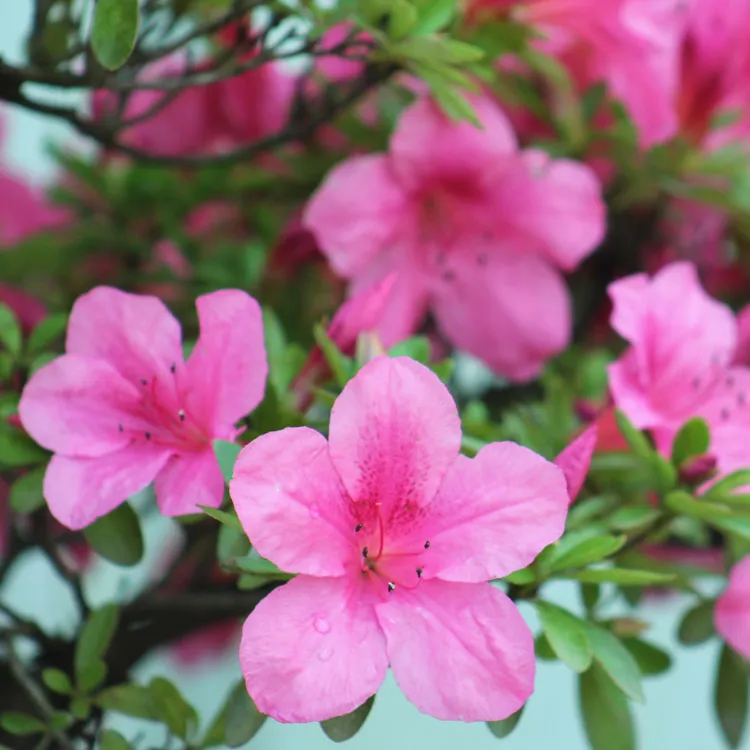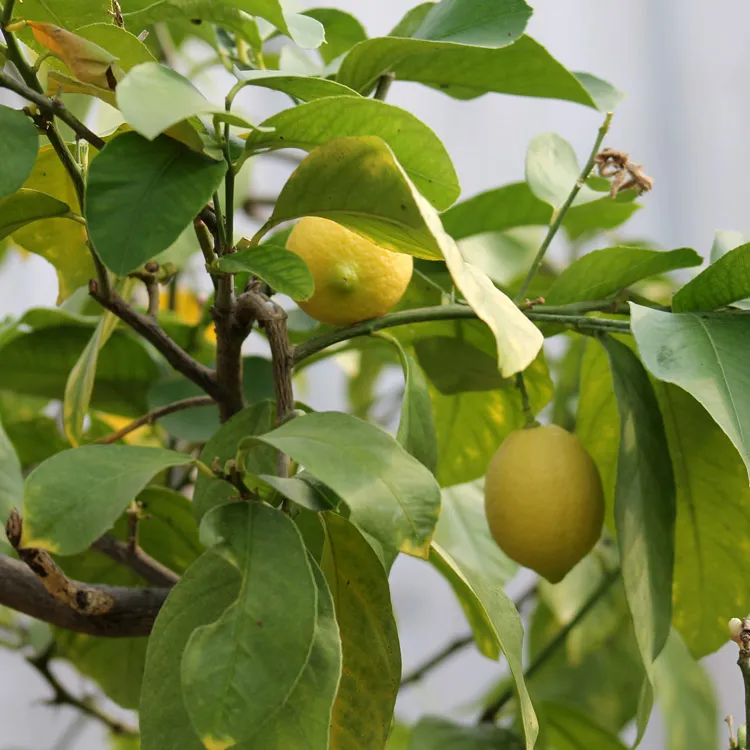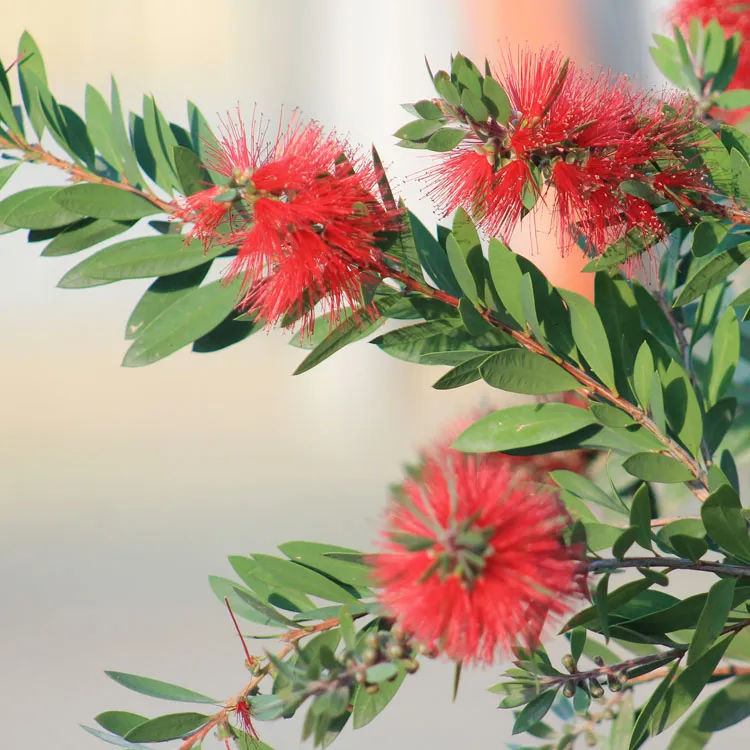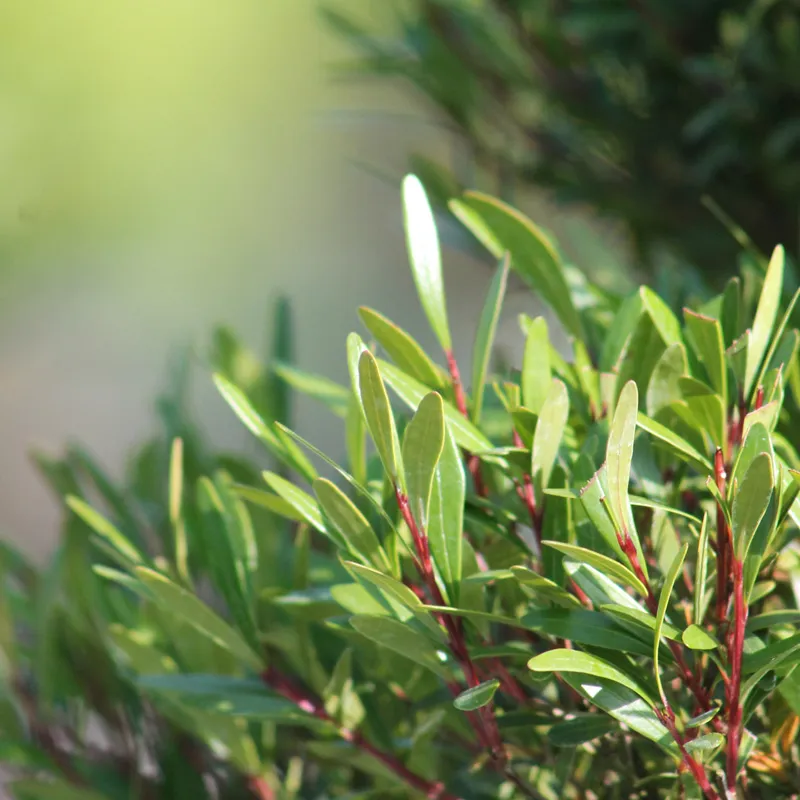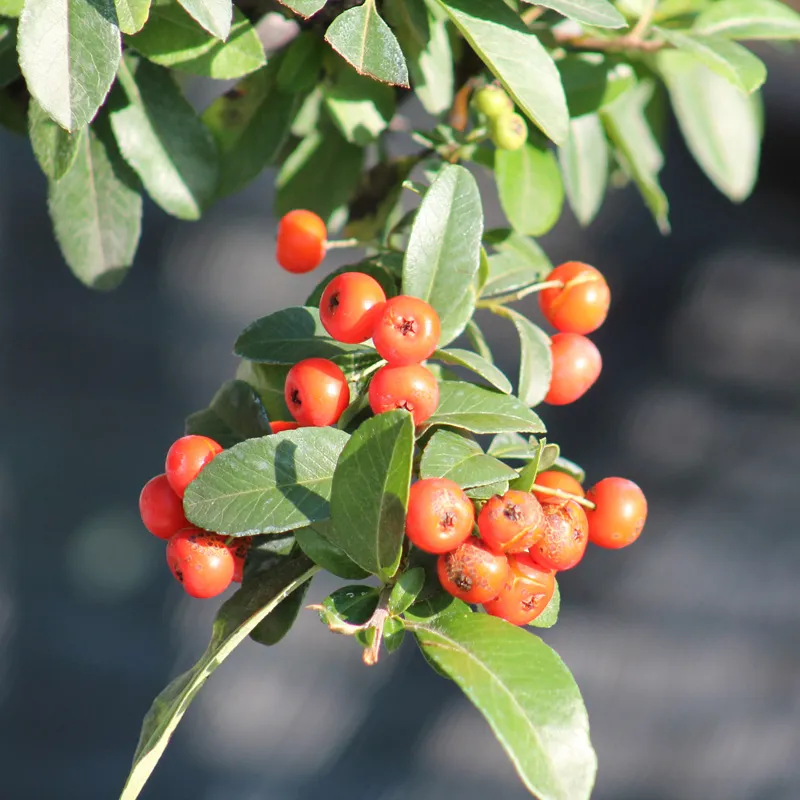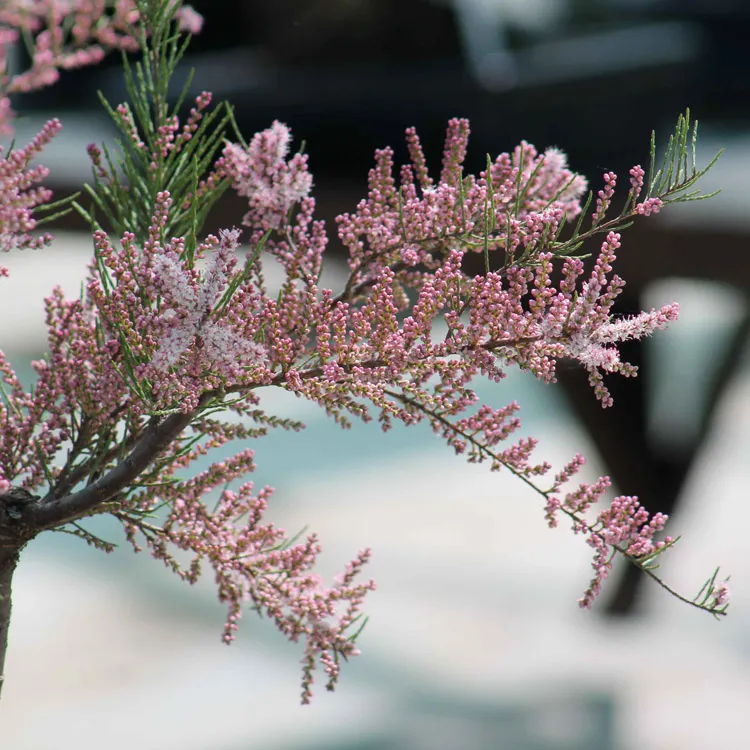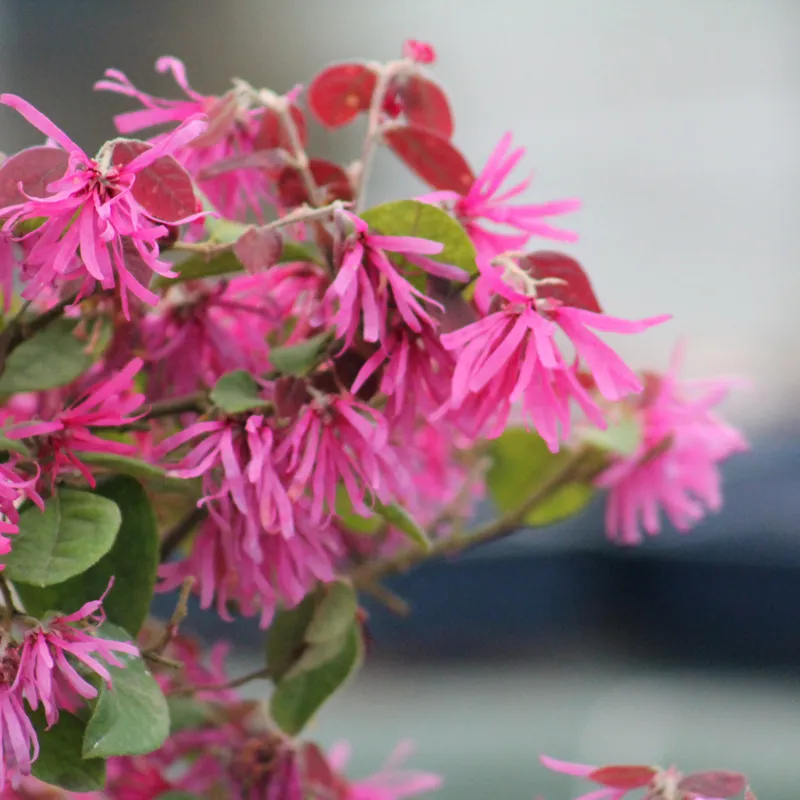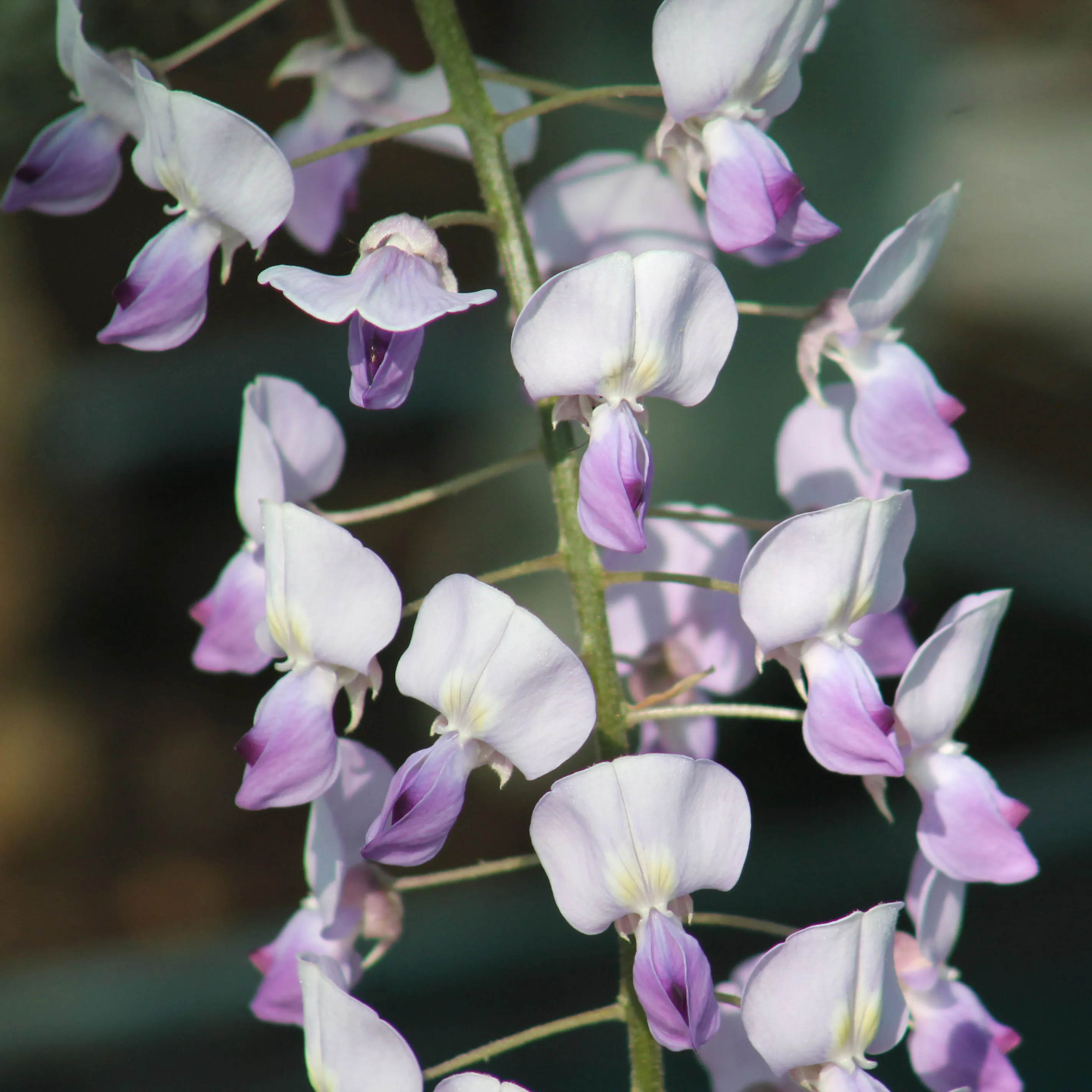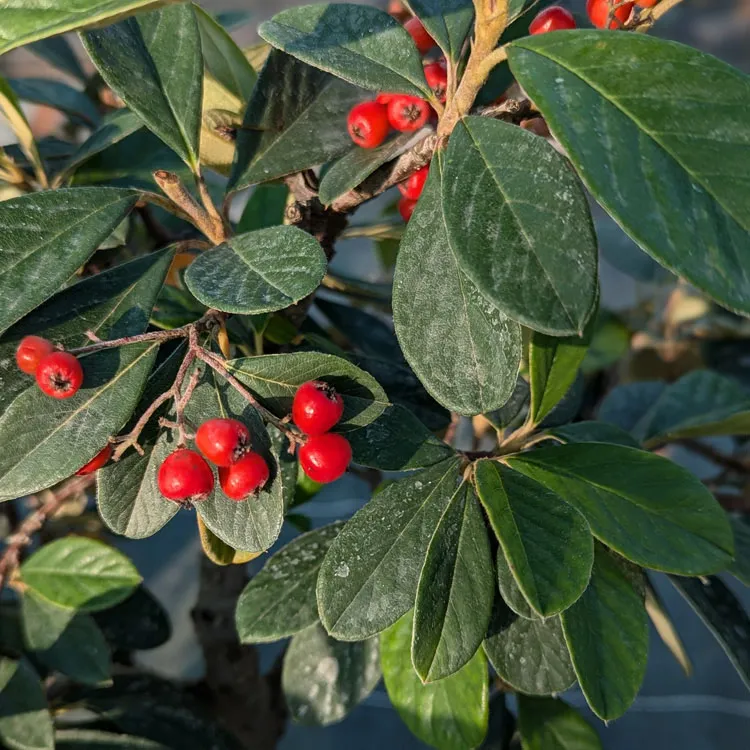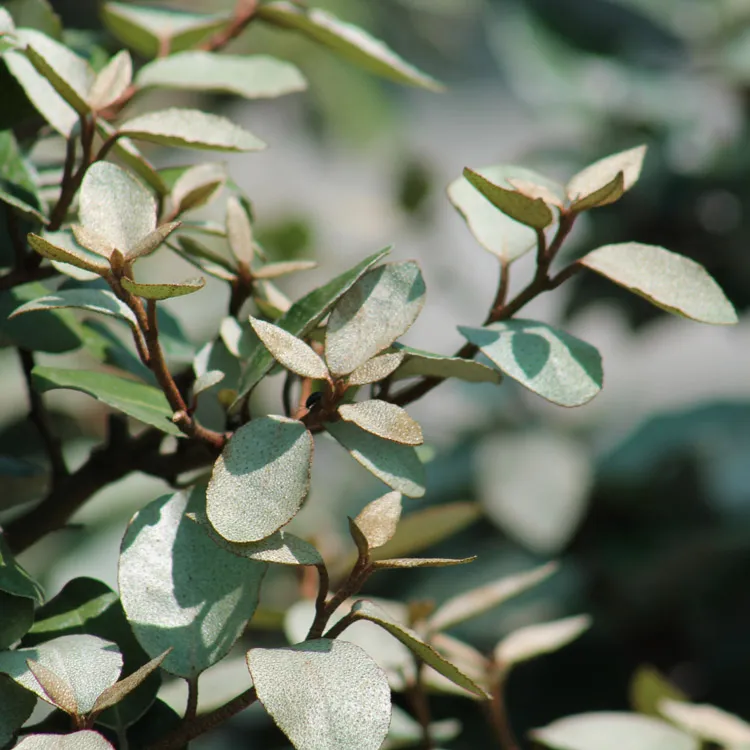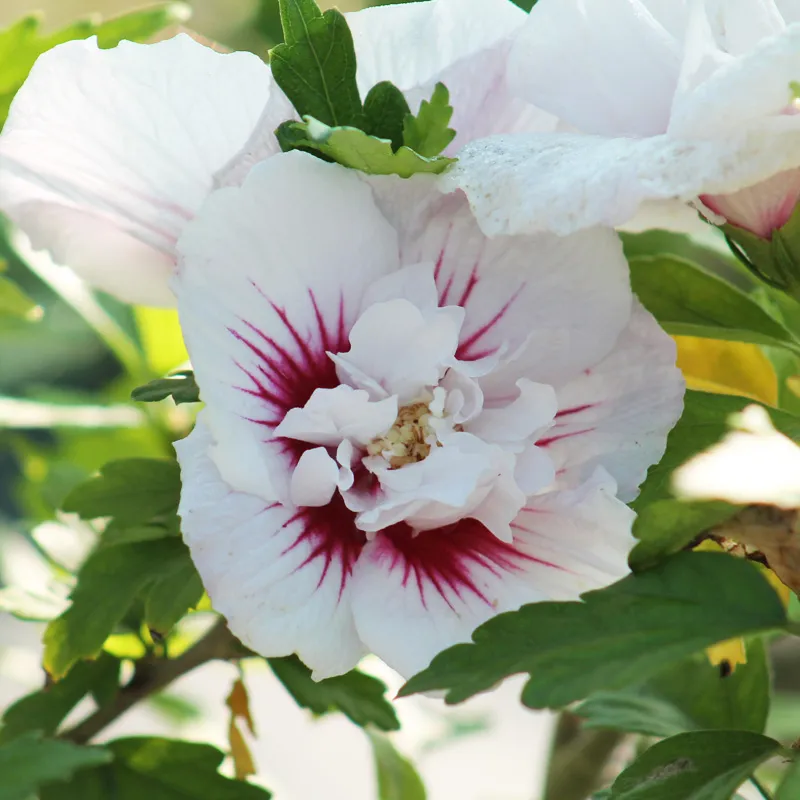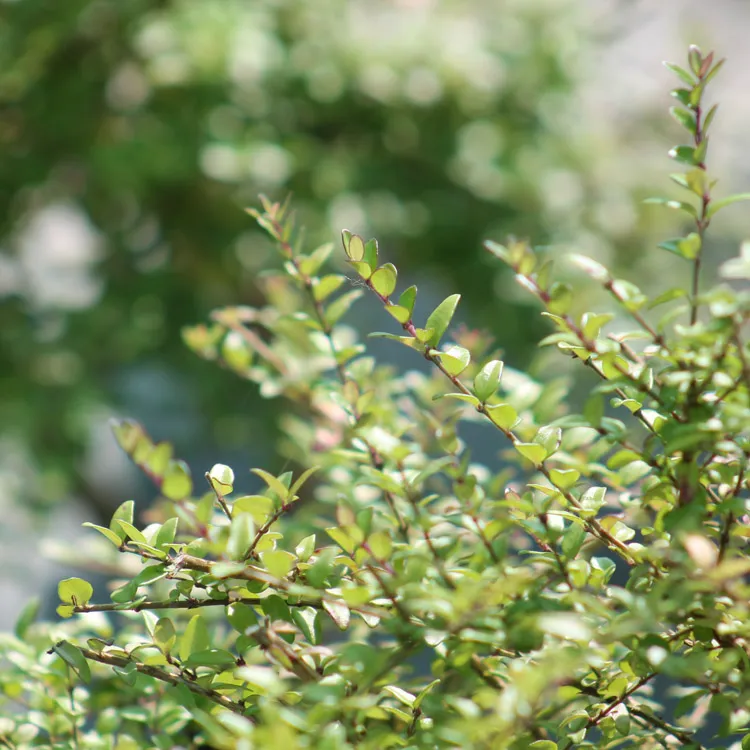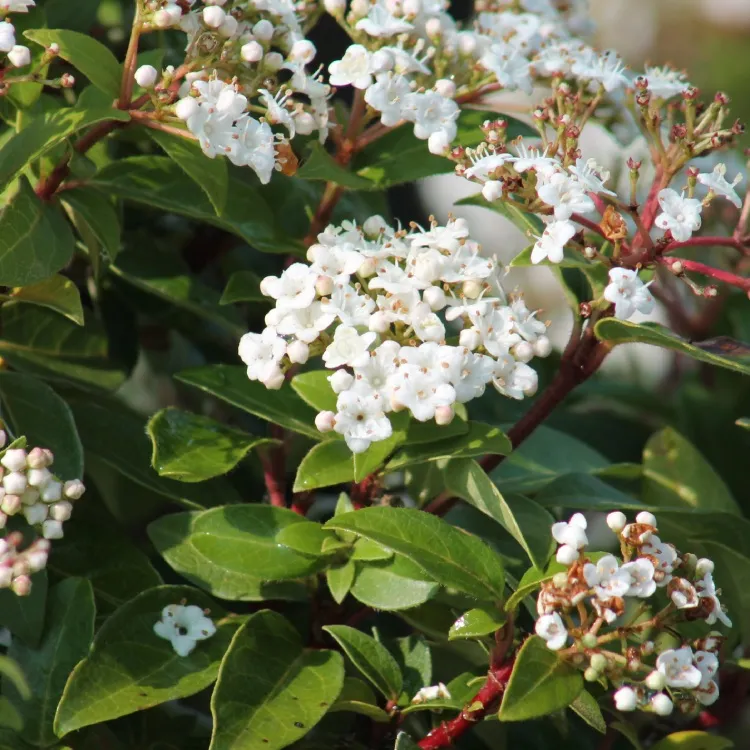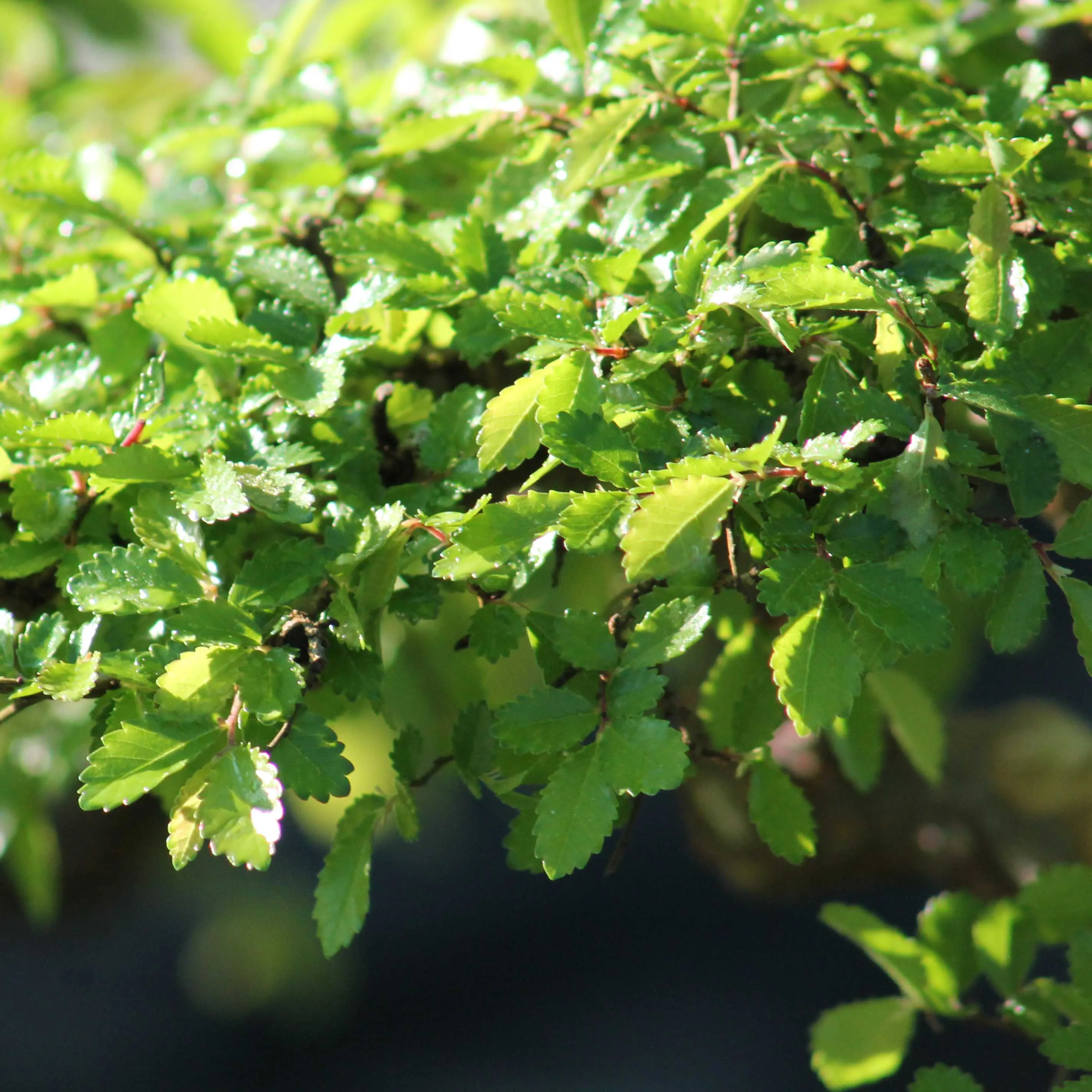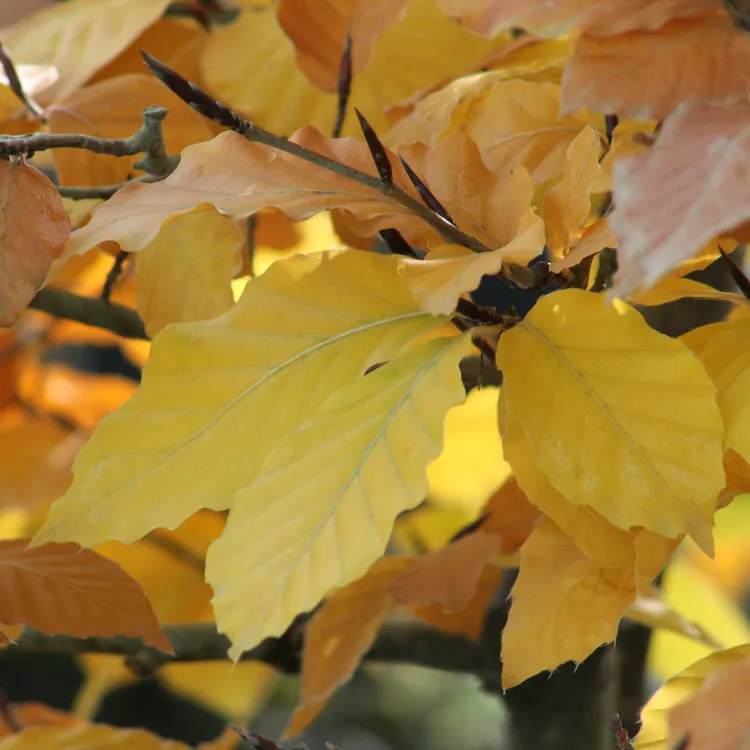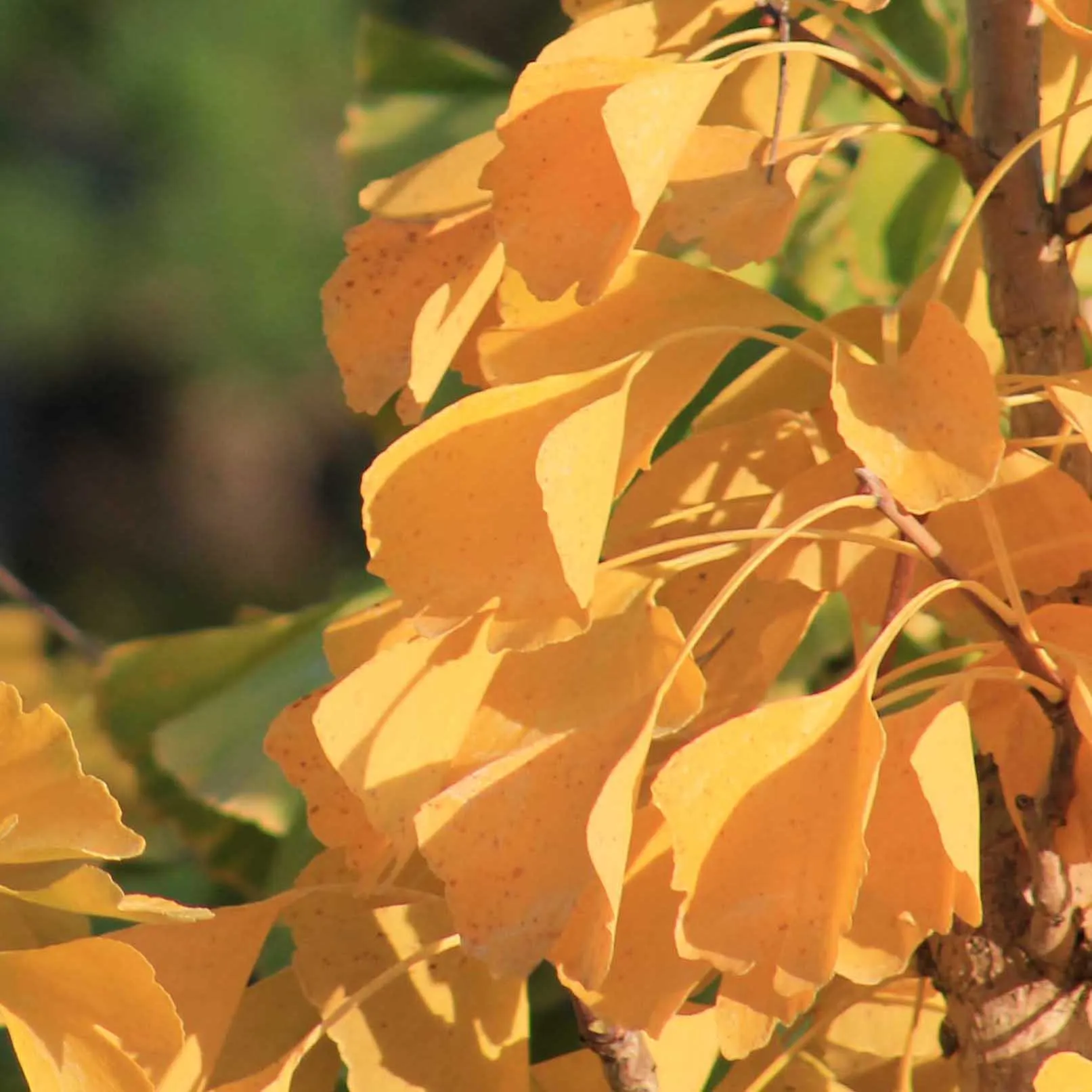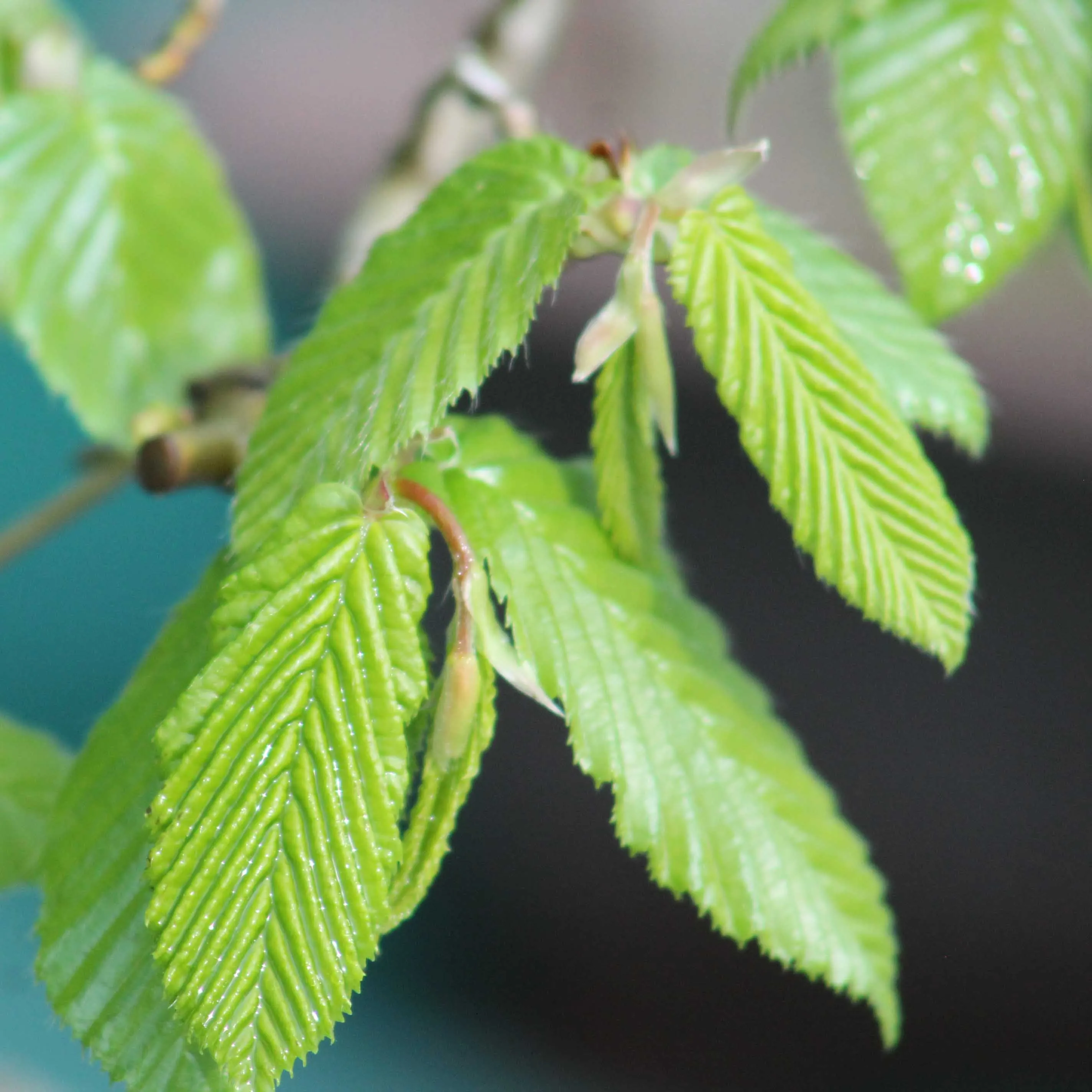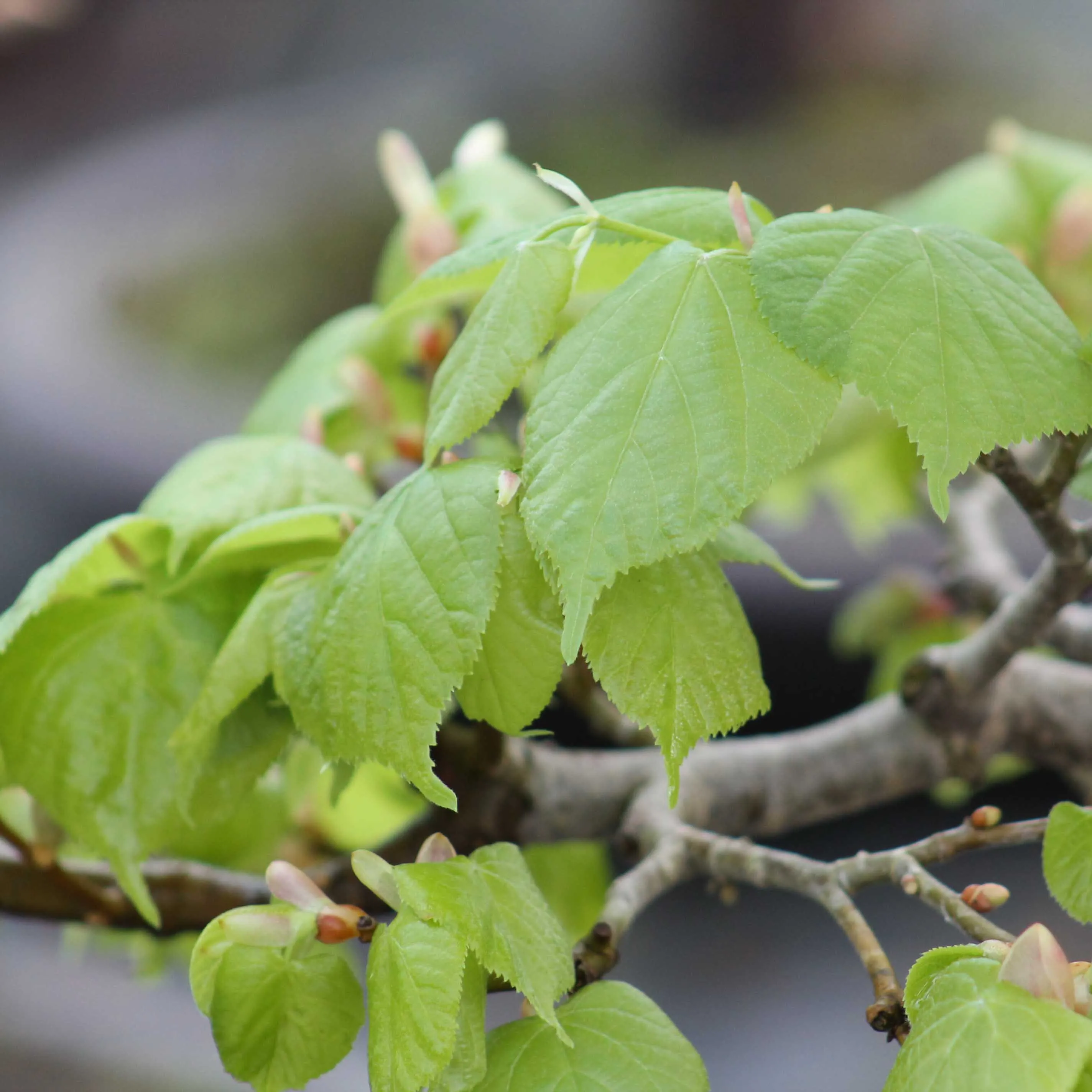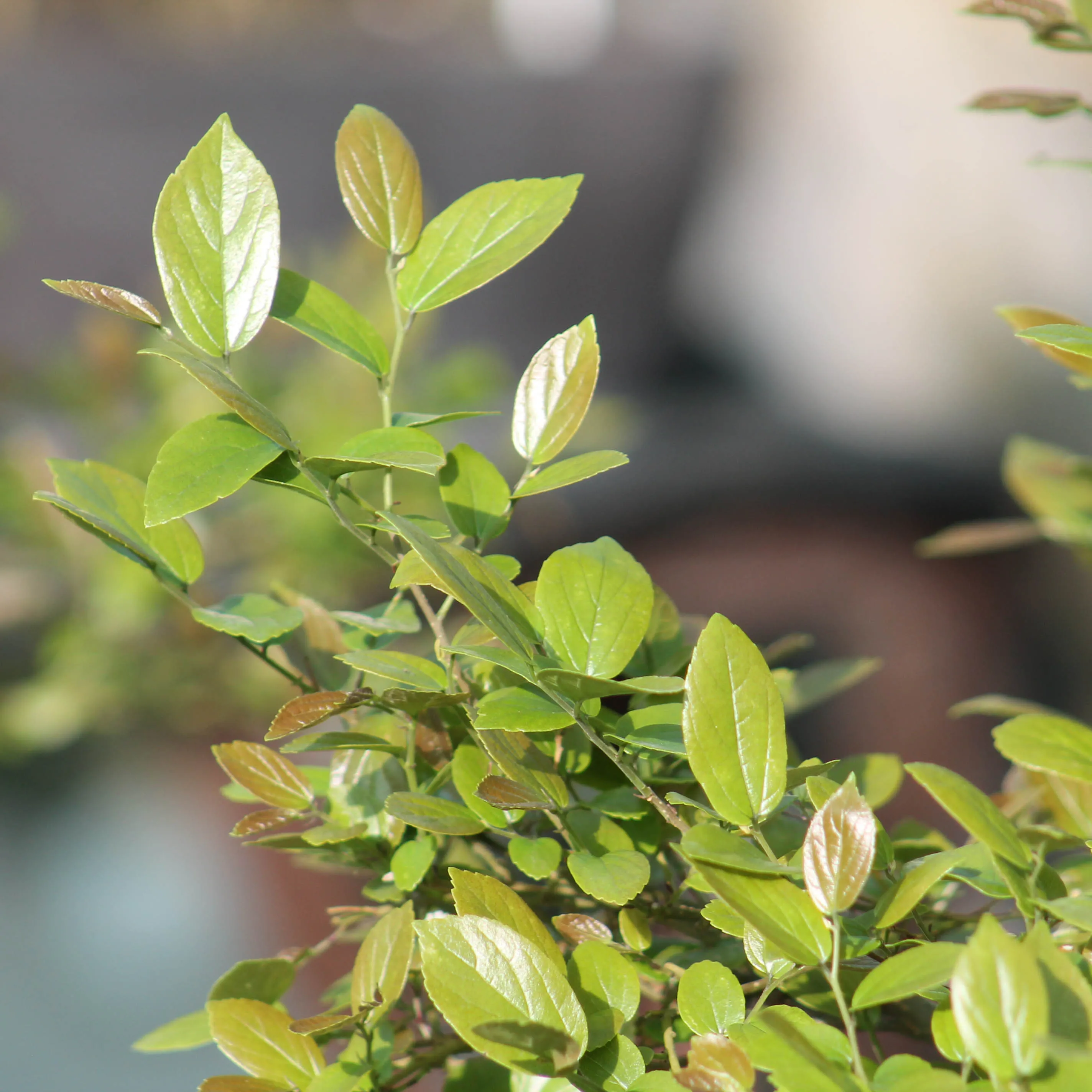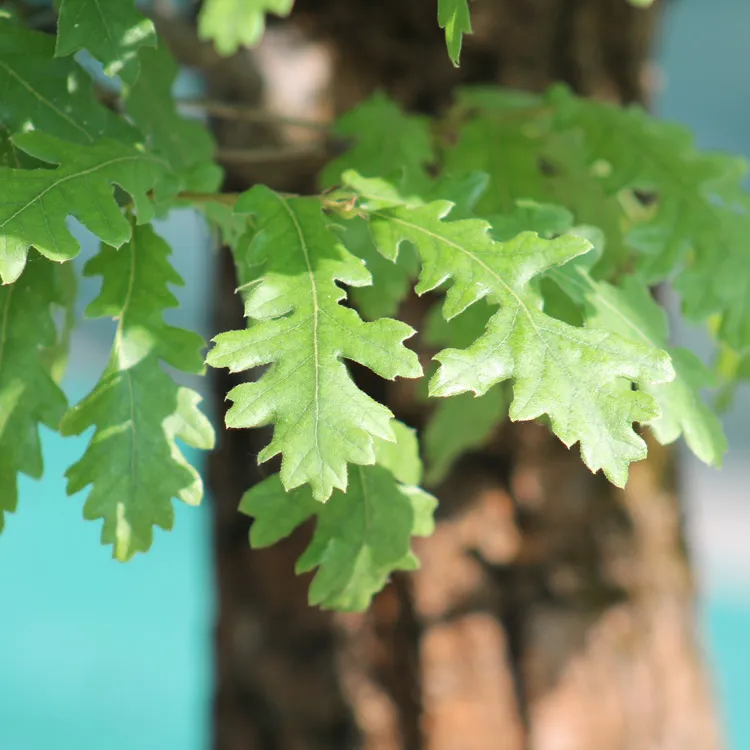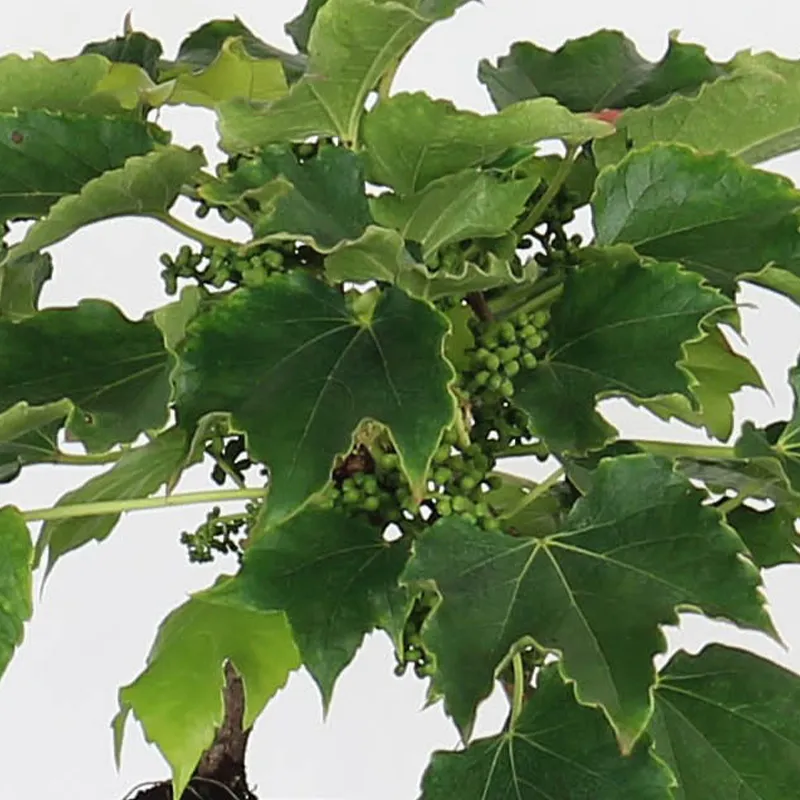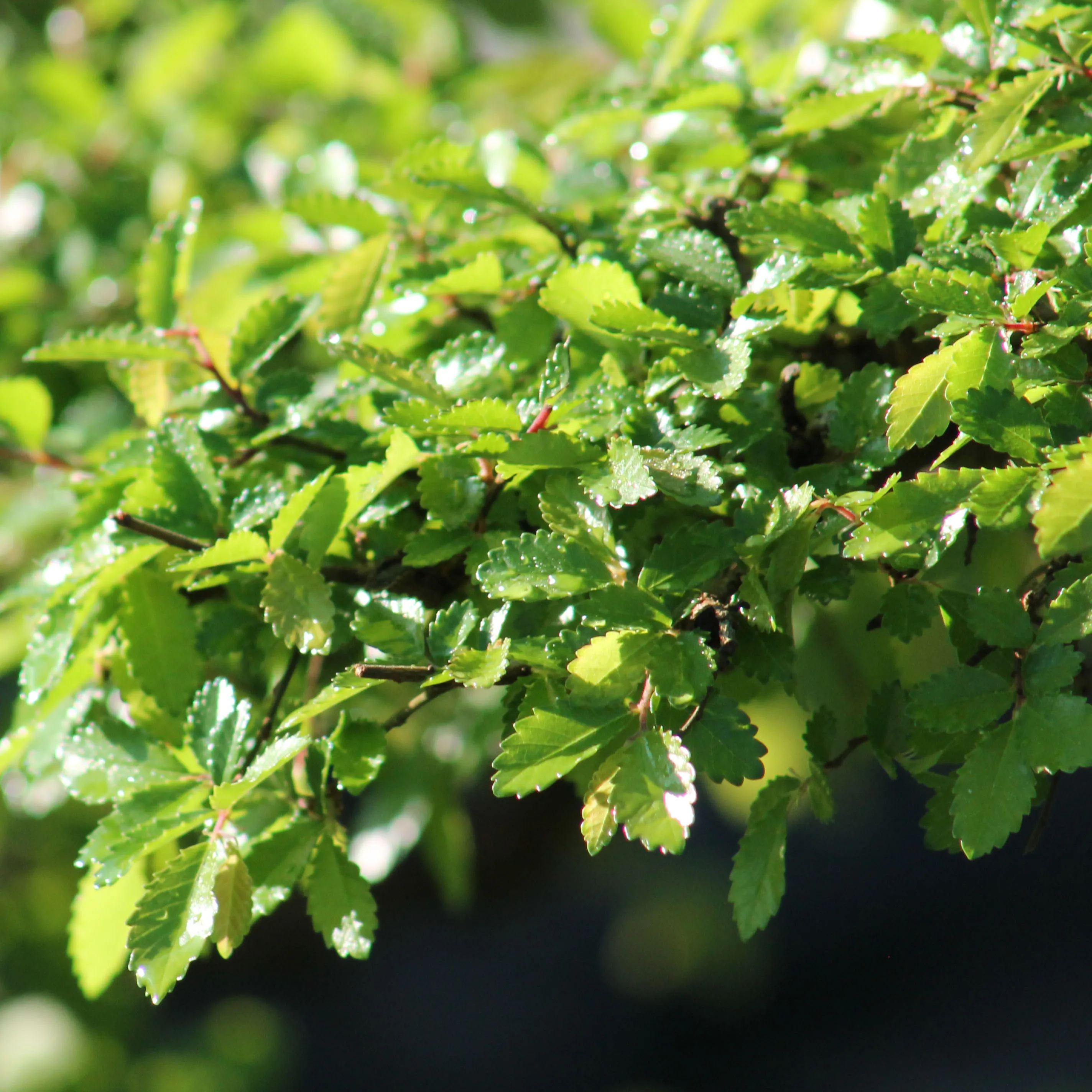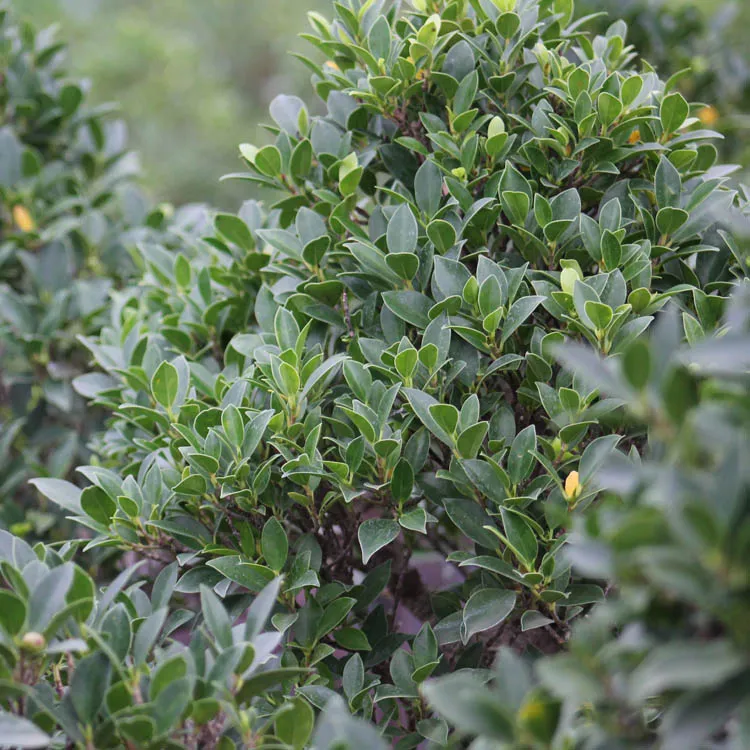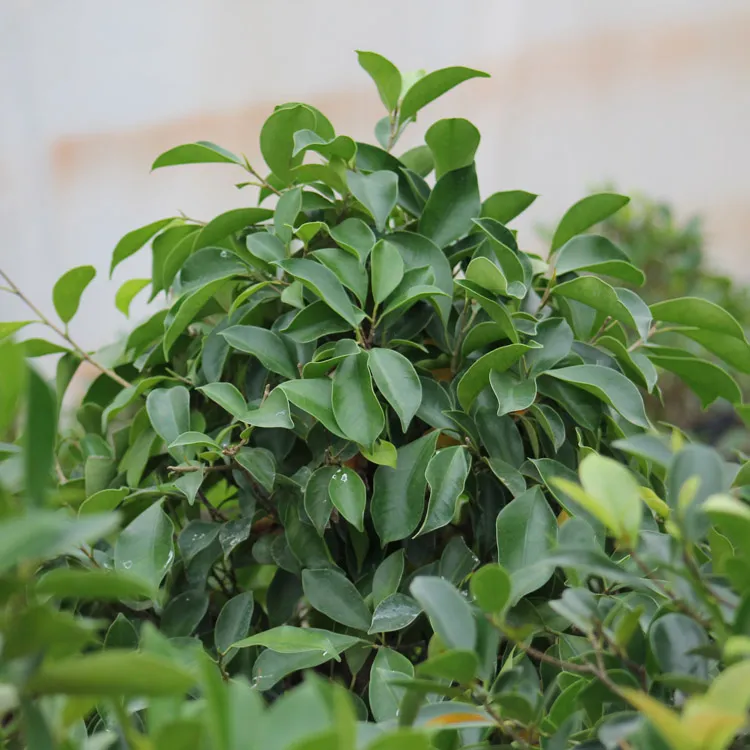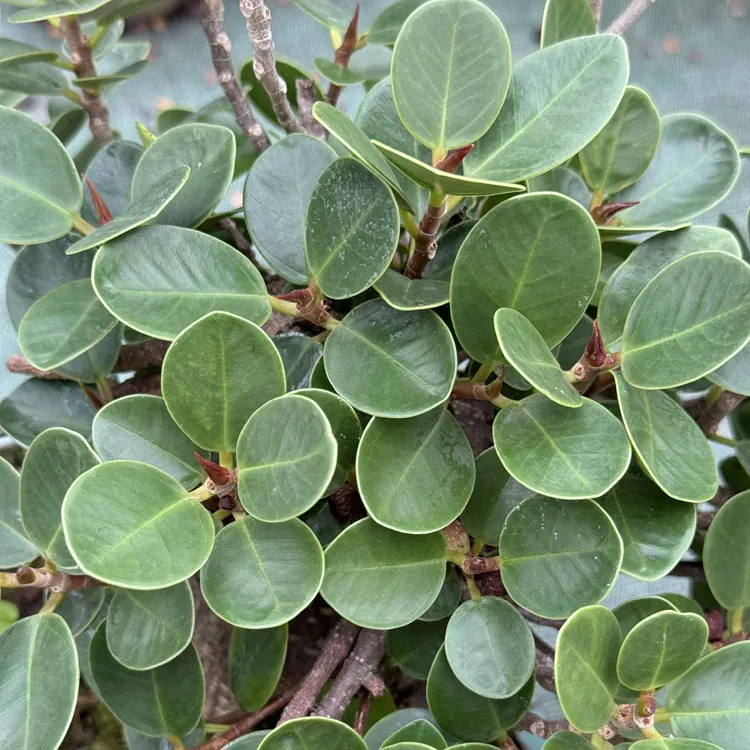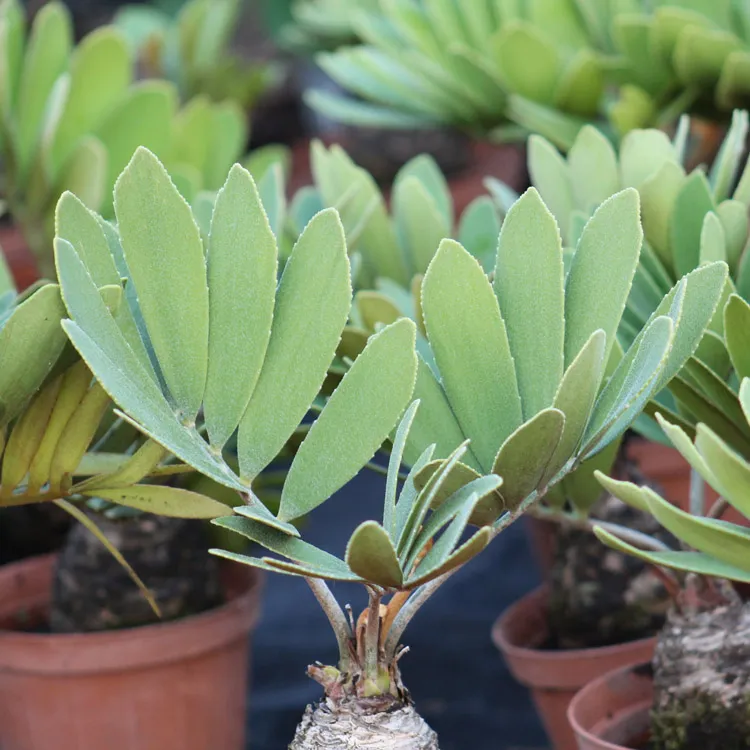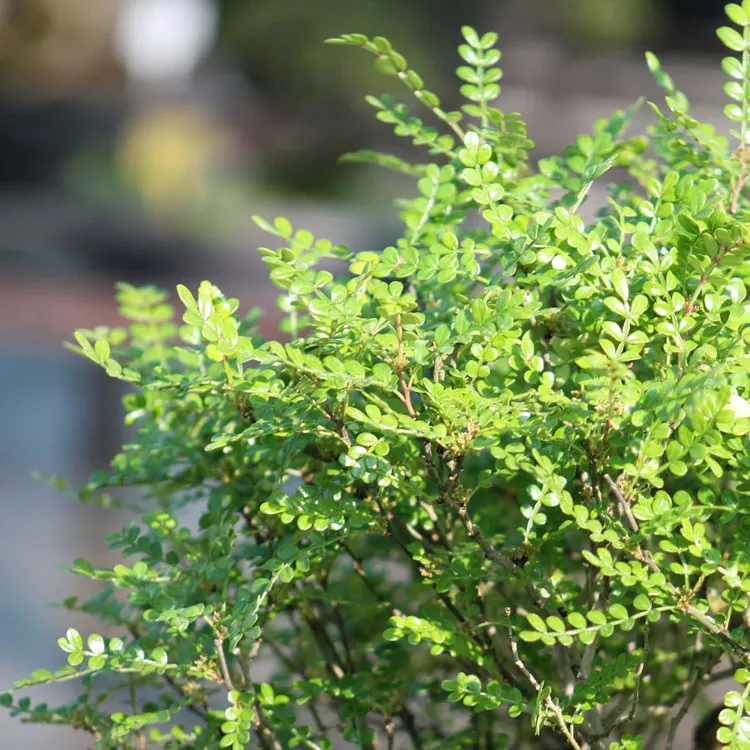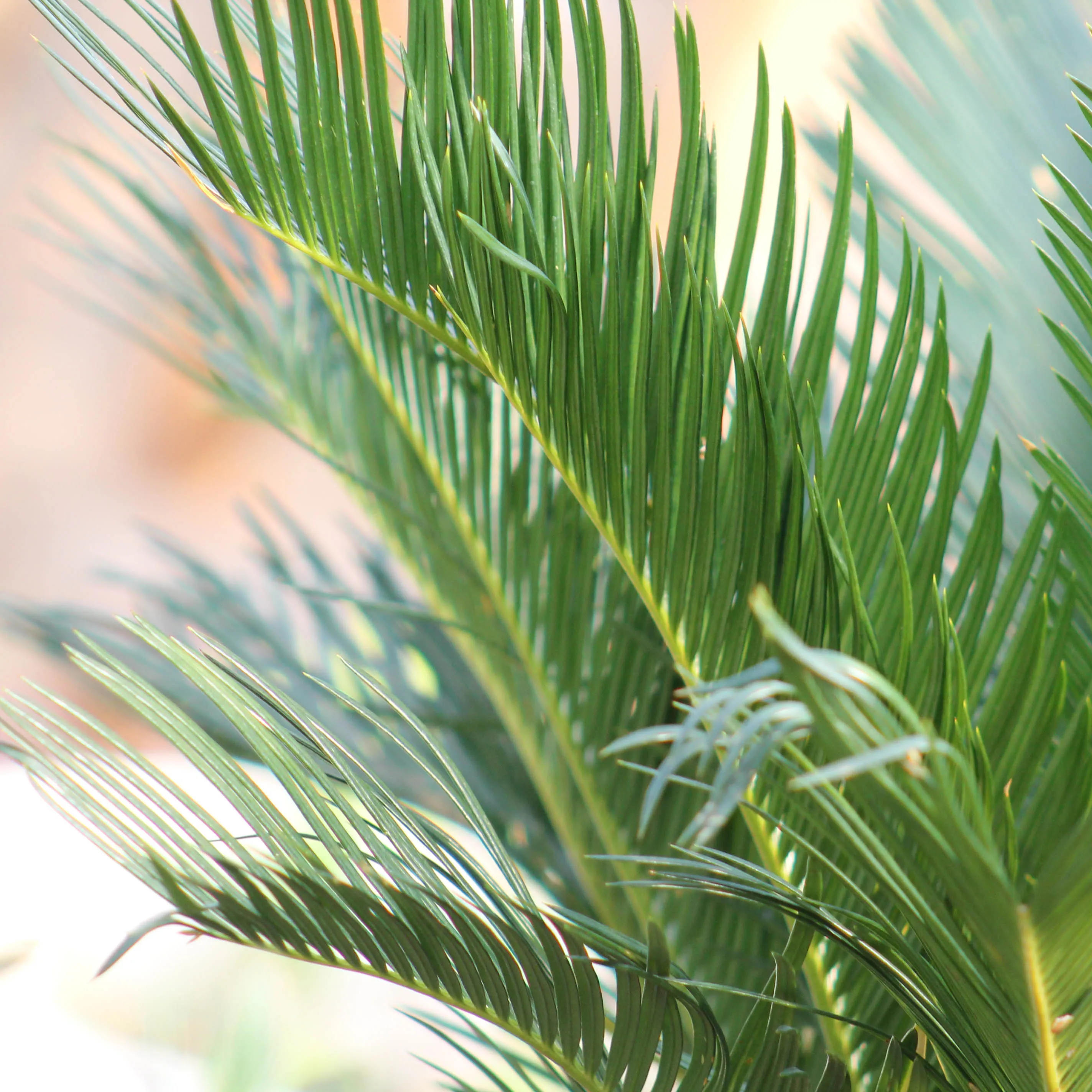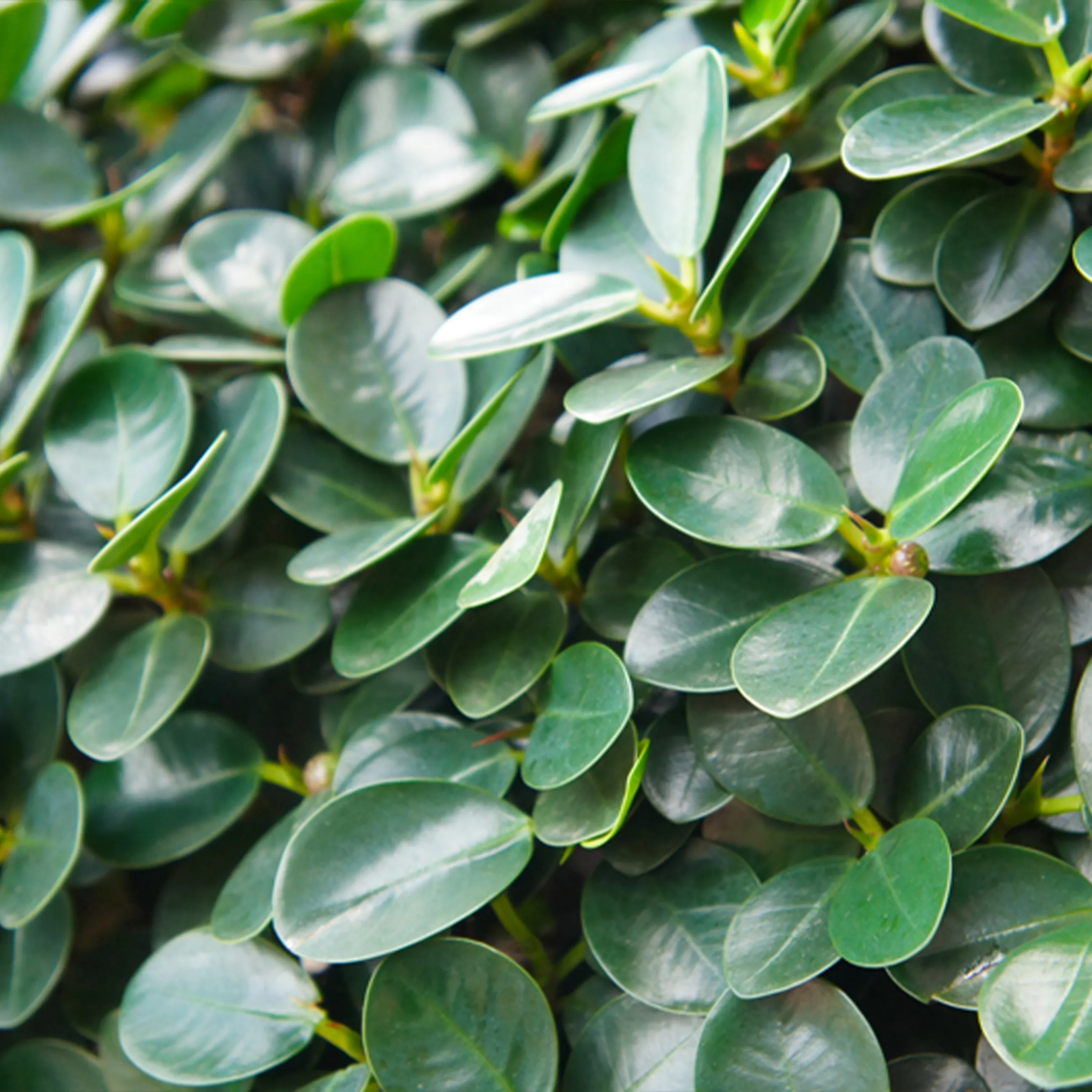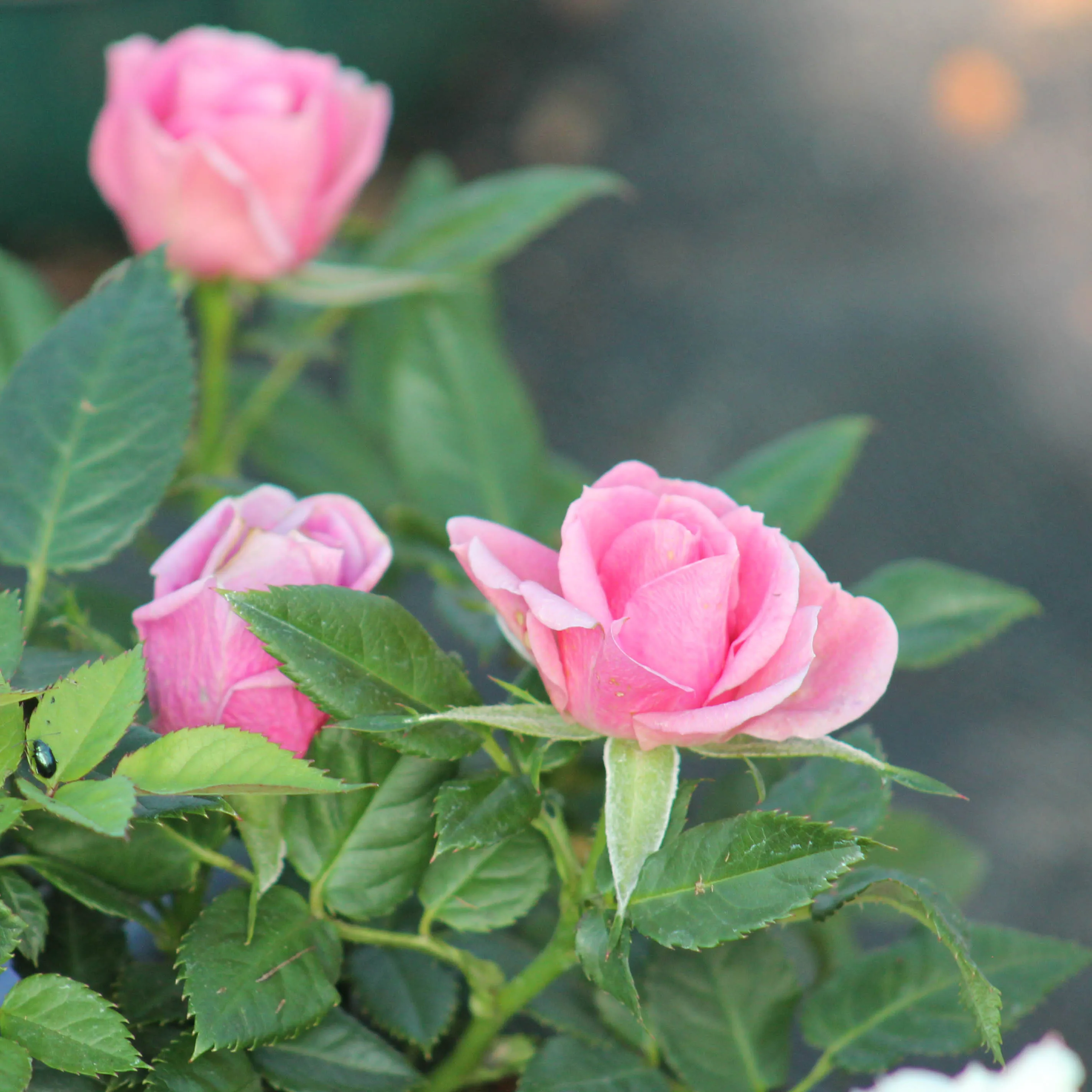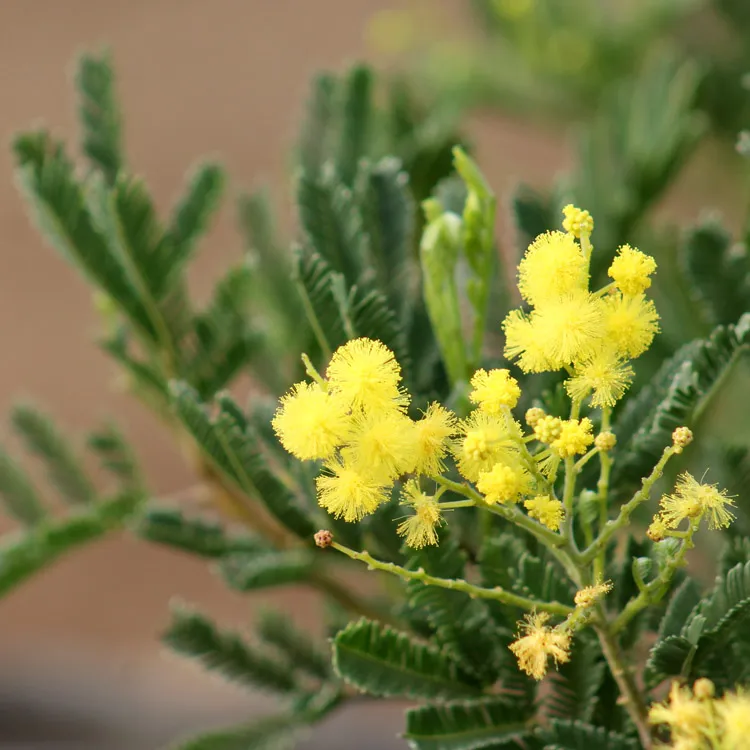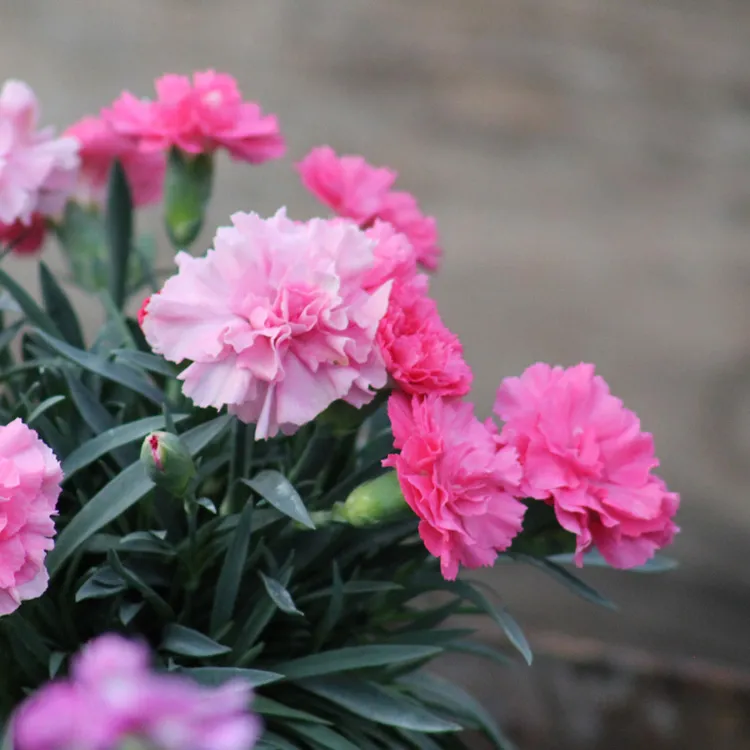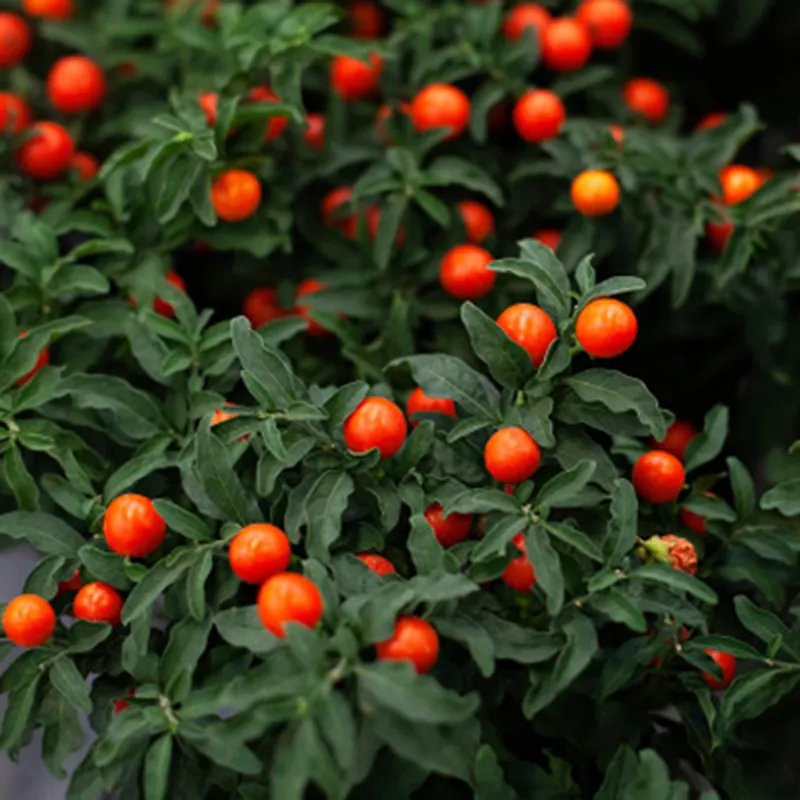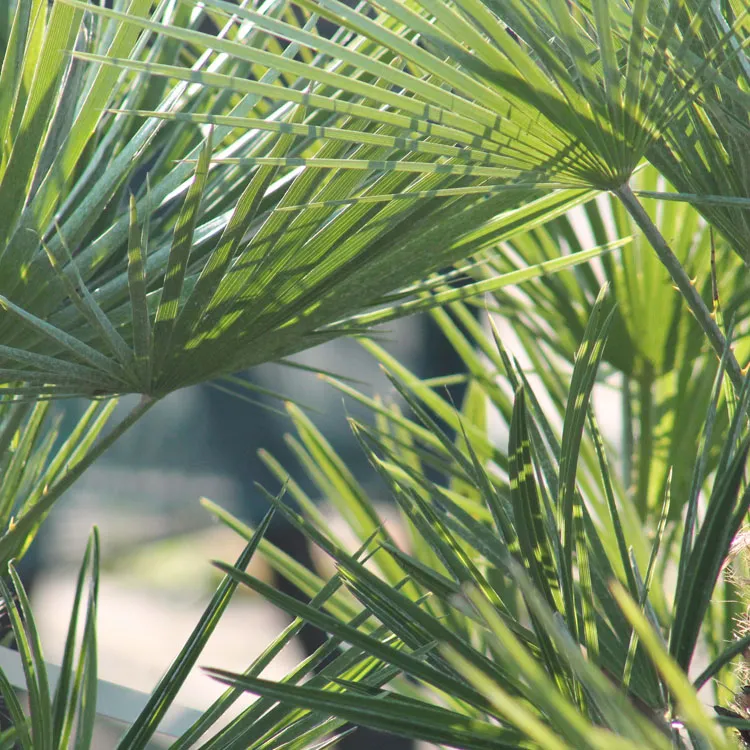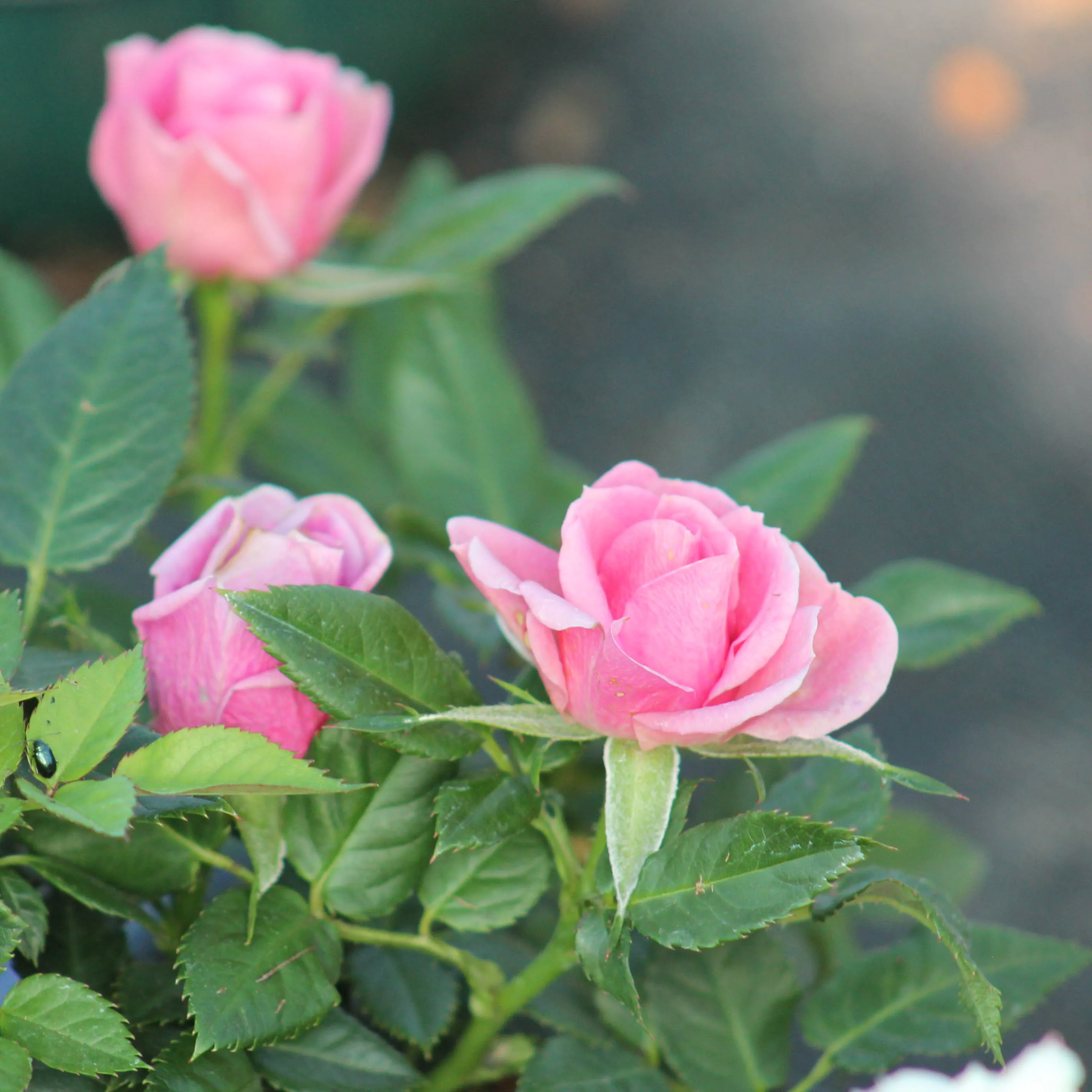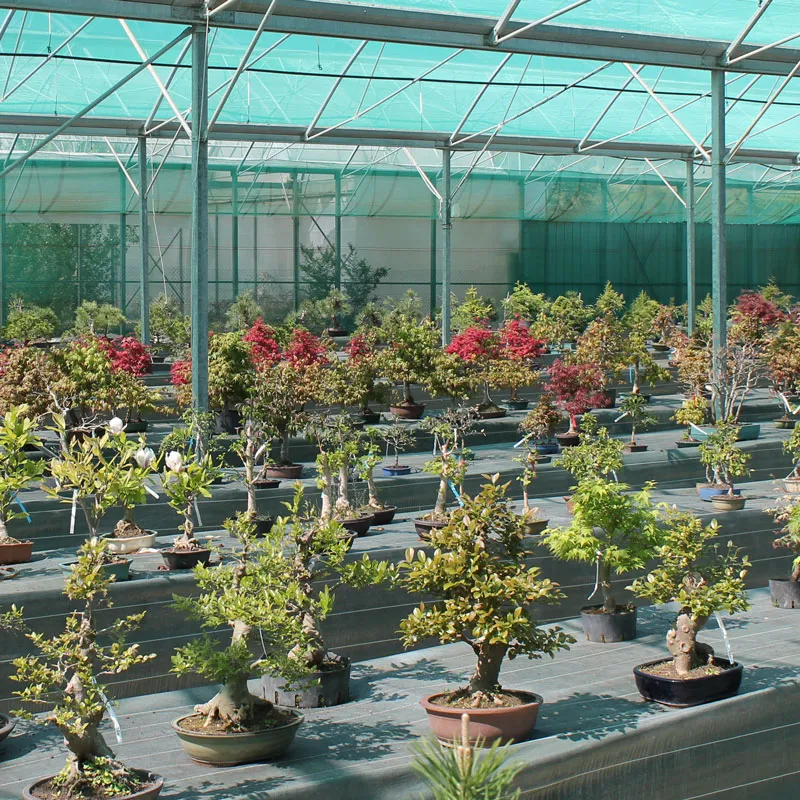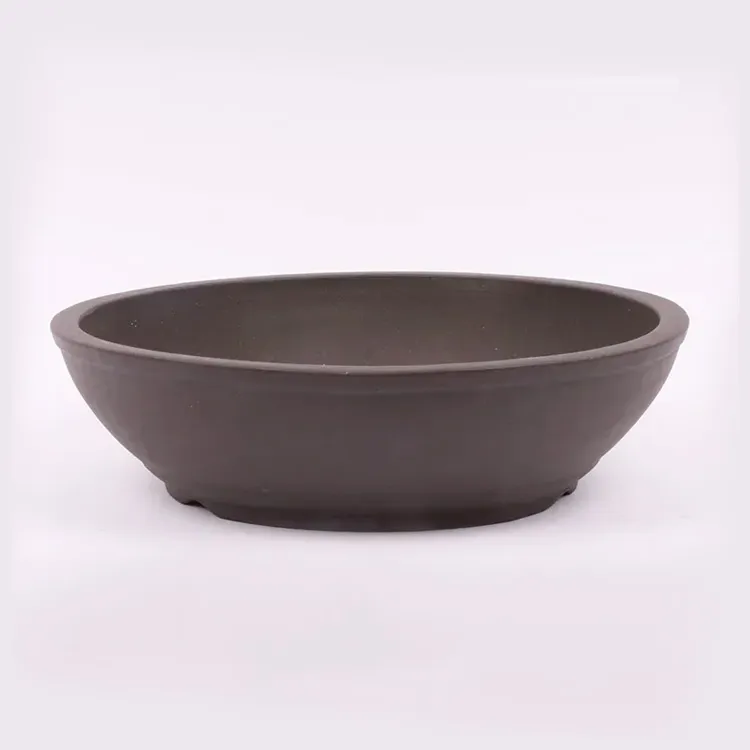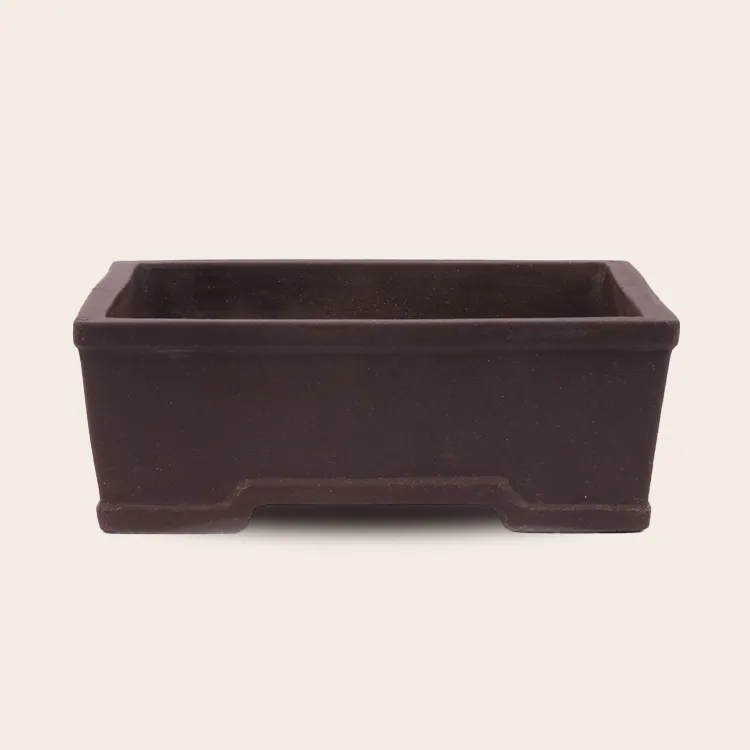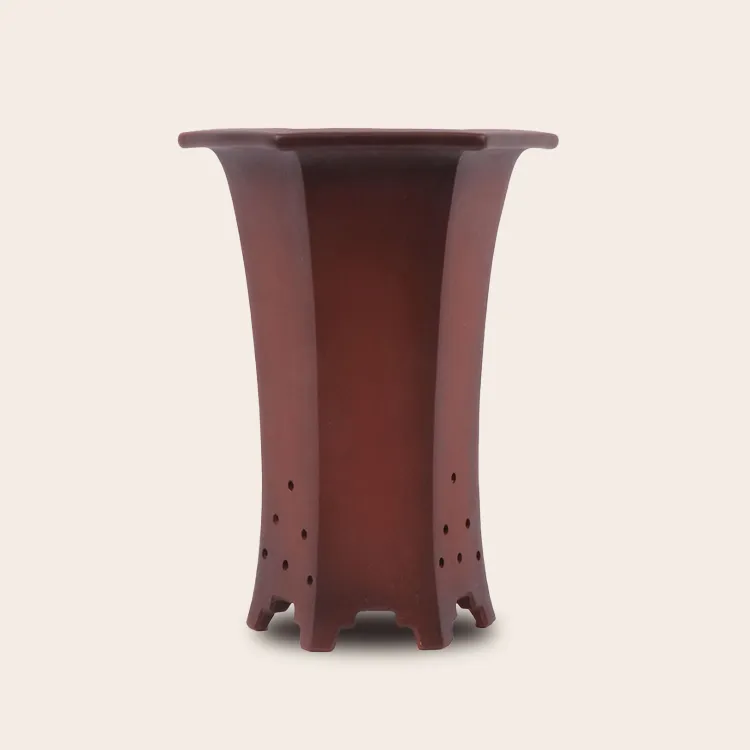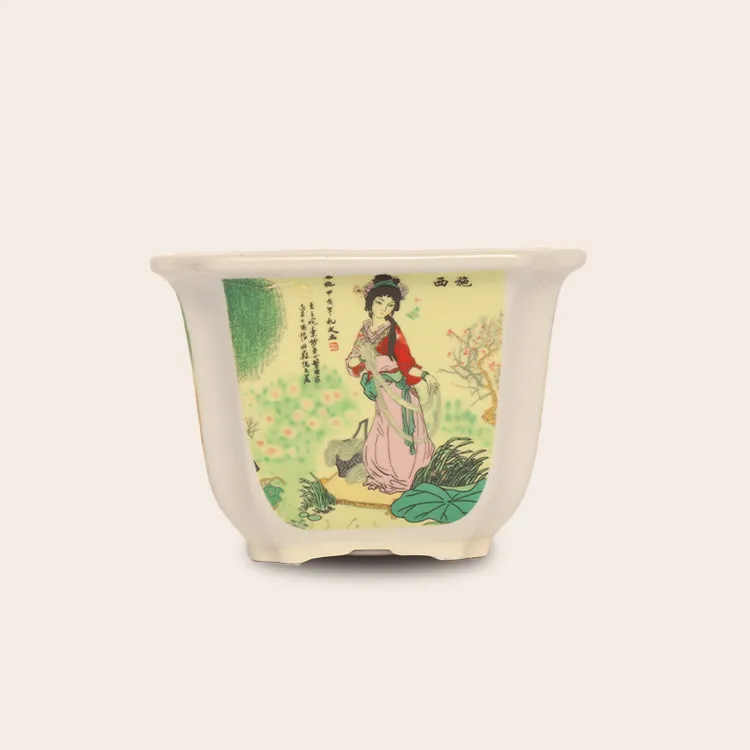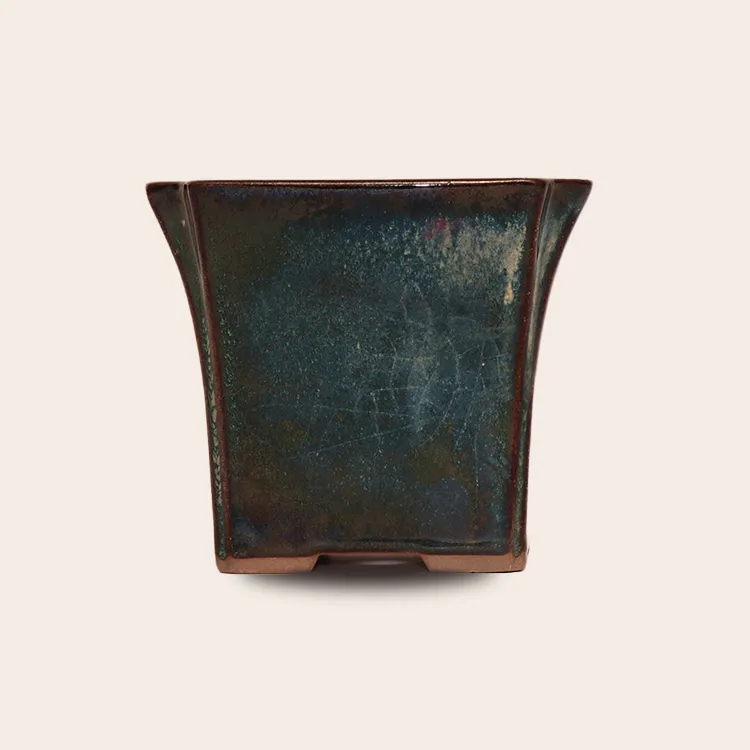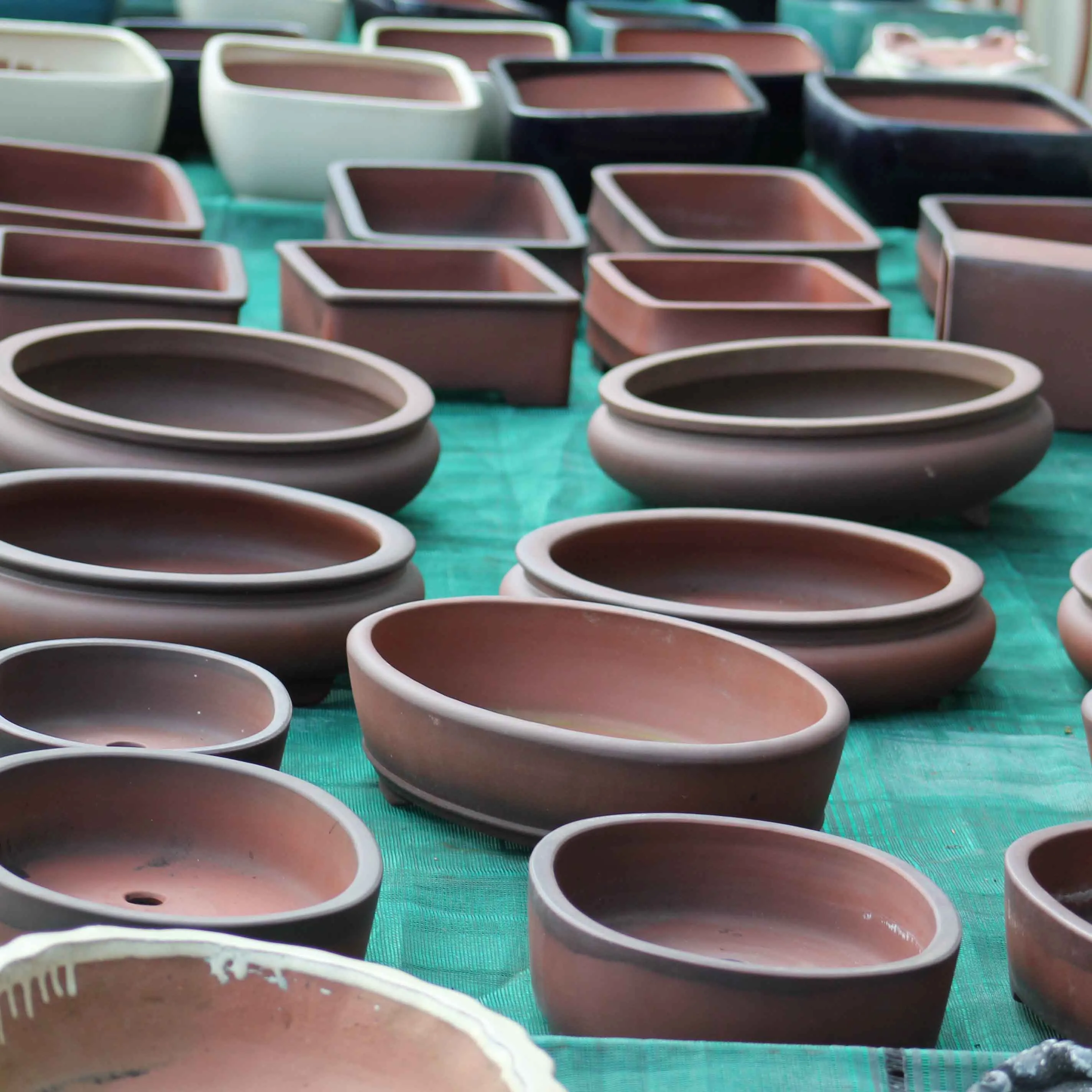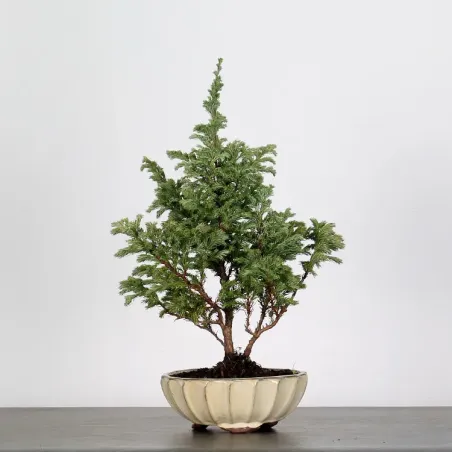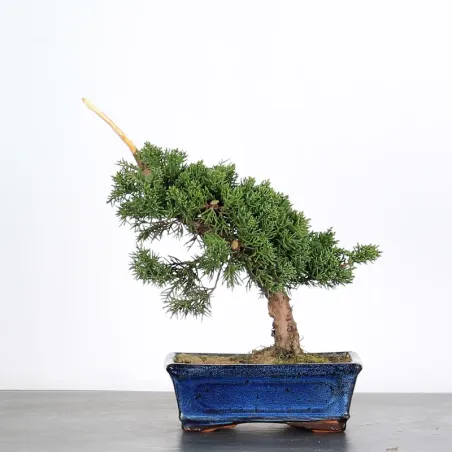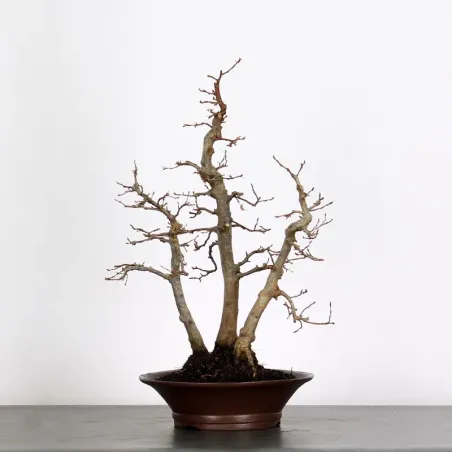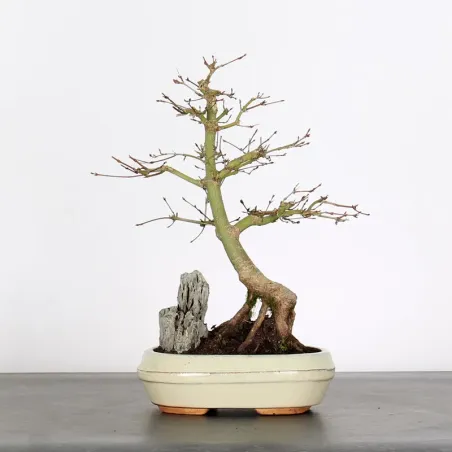Outdoors year-round, the koto himé maple likes a sunny location in the spring and fall to promote branching and develop beautiful colors. In summer, it is more of an eastern exposure, with sun in the morning and shade in the afternoon, to be protected from the wind. Indeed, it is an undergrowth tree that does not appreciate the scorching summer sun. When temperatures are below zero, protect the pot to prevent the roots from freezing.
 English
en
English
en
Bonsai
Bonsai acer palmatum koto himé 1-6
Year-round outdoor bonsai
The Koto Hime maple, Acer Palmatum Koto Himé has the peculiarity of naturally making small leaves, which makes it an excellent variety to grow as a bonsai. We have been growing it in the ground for years to offer you quality and beautiful sizes.
- Photos taken in march 2025
- Origin: Japan, Korea, China
Other features:
+ Pink foliage in spring, green in summer. In autumn, it turns light yellow and orange-red.
+ Seedlings grown in the ground and then in pots
More information:
All our bonsai trees are unique. That's why they're referenced by numbers. These do not indicate the age of the tree. If you would like to know more about it, please do not hesitate to contact us.
We ship throughout France and neighbouring countries that are part of the EU.
We take care to pack each bonsai in custom-made wooden crates or reinforced cartons . The tree is well protected and tied to prevent any risk of breakage.
Depending on the size and weight of your bonsai, shipping is carried out by specialized carriers: DPD (under 30kg) or GEODIS (+30kg).
Our priority is that the delivery goes smoothly. For this reason, shipments are rarely made on weekends and never during heat waves, to prevent your bonsai from transacting for too long. We also regularly check and verify the tracking of your packages.
Don't hesitate to visit our delivery page to find out more.
Click ----> Bonsai Delivery France and EU - Galinou Bonsai Nursery
The + of our bonsai nursery
The bonsai tree you see in the picture is really the one you are going to receive. To find out the dimension, refer to the scale on the side. Each product is unique and we take care to take photos that give you the most accurate preview possible of what you will receive.
All bonsai are produced in our large nursery in Lot-et-Garonne. They are therefore perfectly adapted to the climate of France, which is not always the case with Japanese imports.
We have more than 1000 bonsai trees for sale at the nursery and tens of thousands under cultivation and work. This site is only a meagre representation of our production, but it is impossible for us to put all our stock online. So if you happen to be visiting us, don't hesitate to visit us
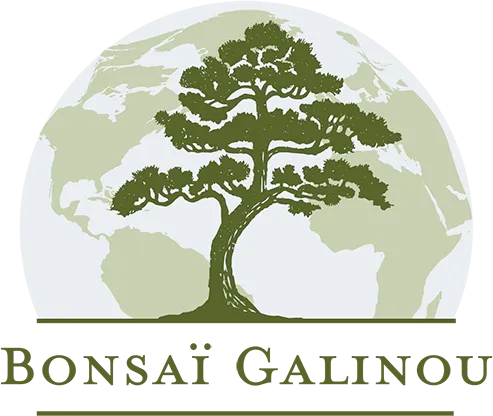
 Production of French Bonsai
Production of French Bonsai
